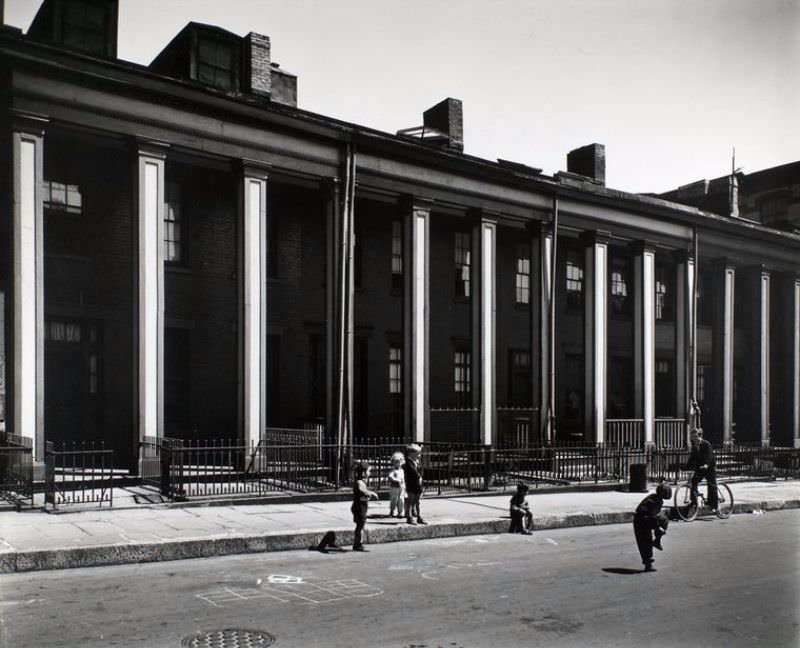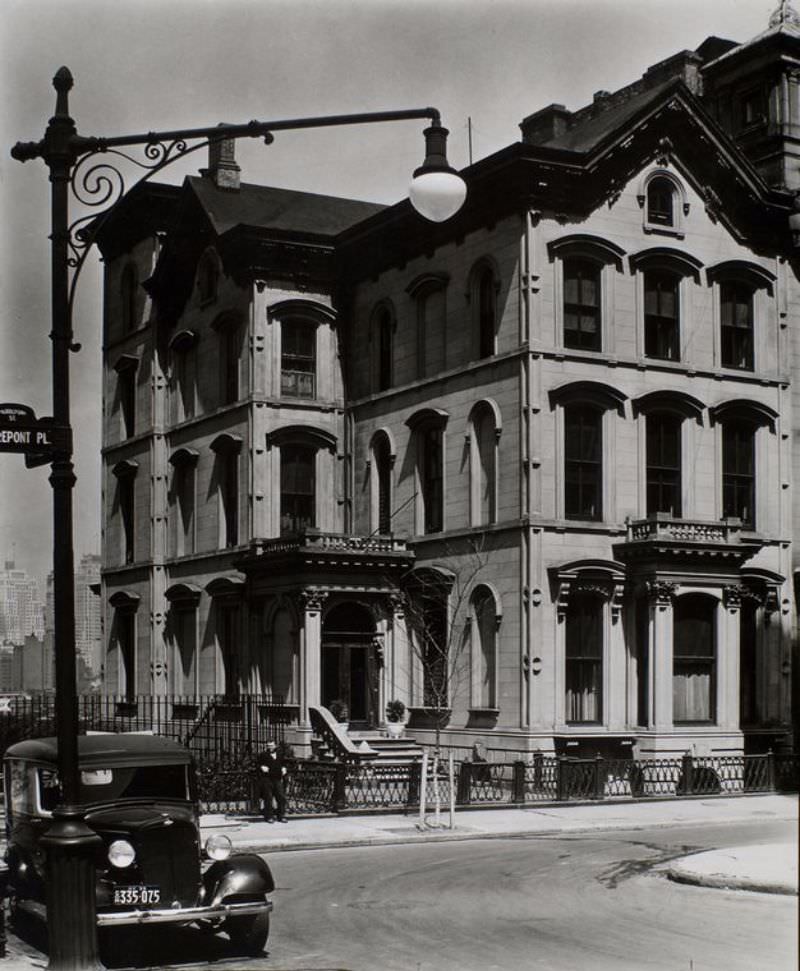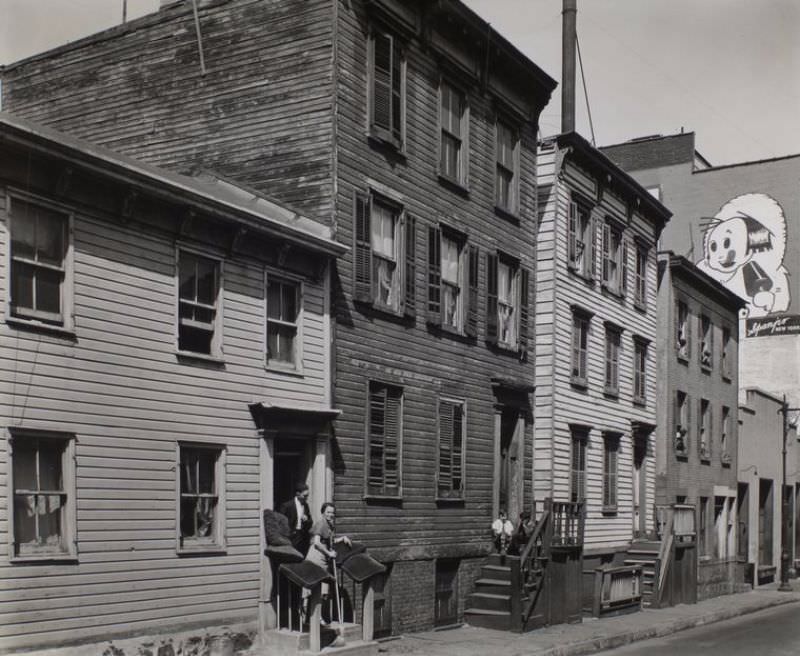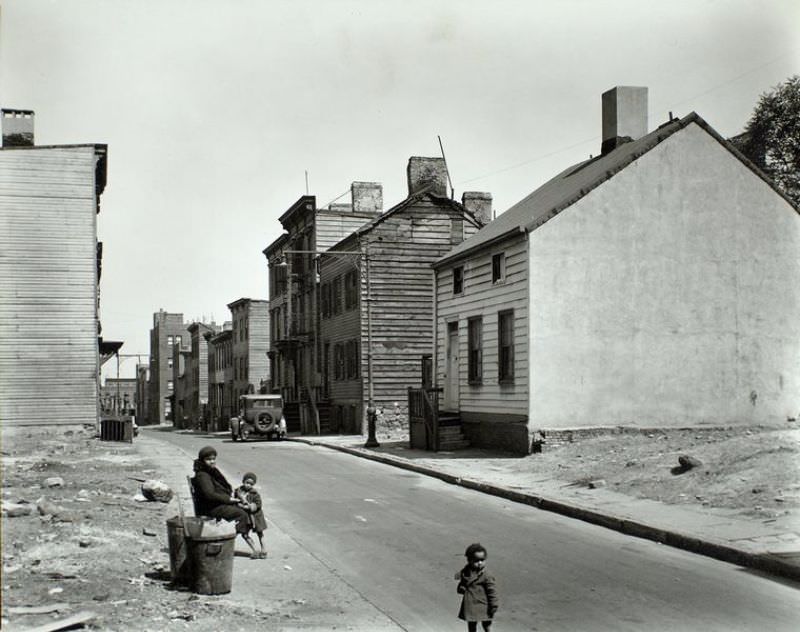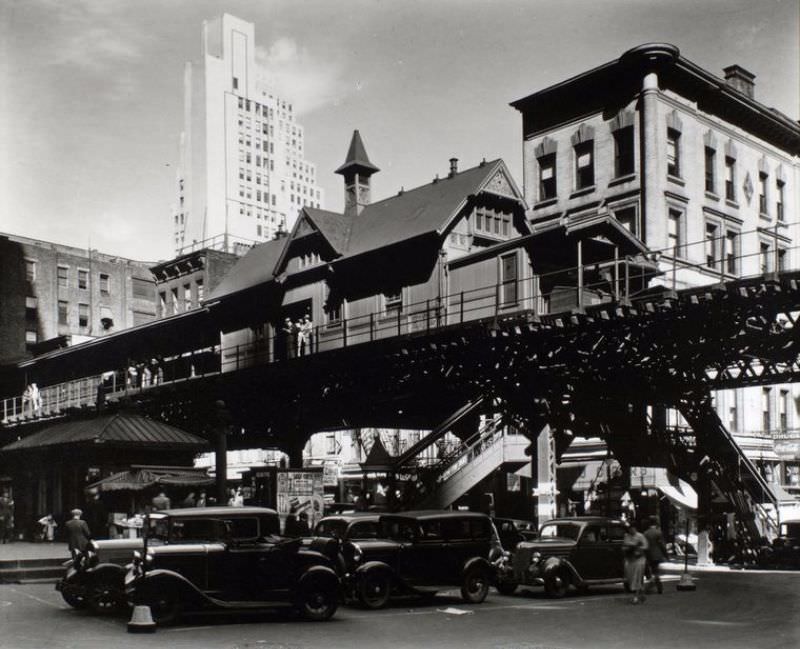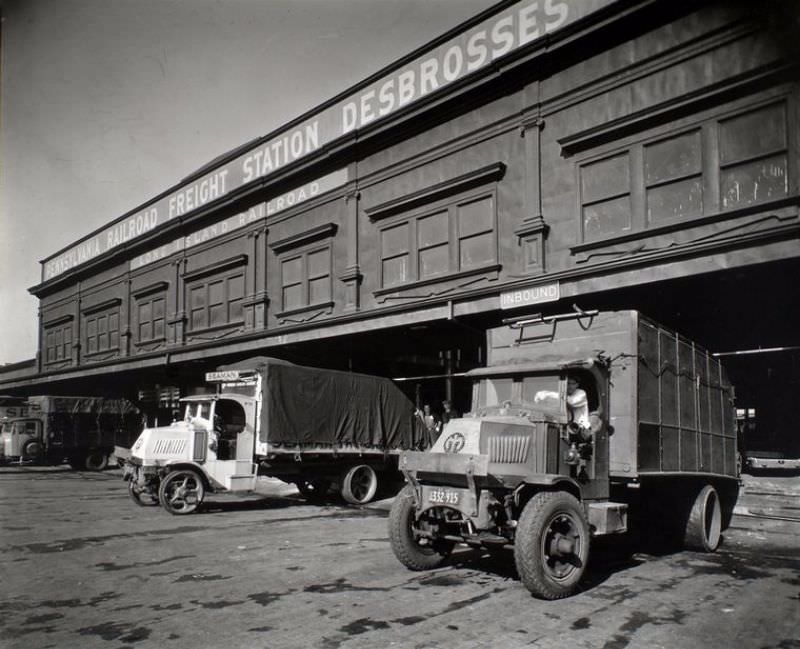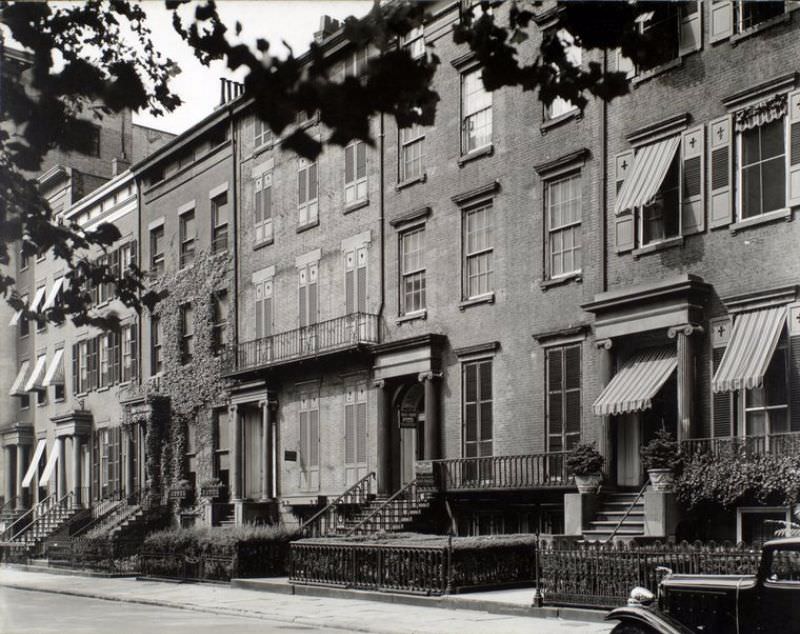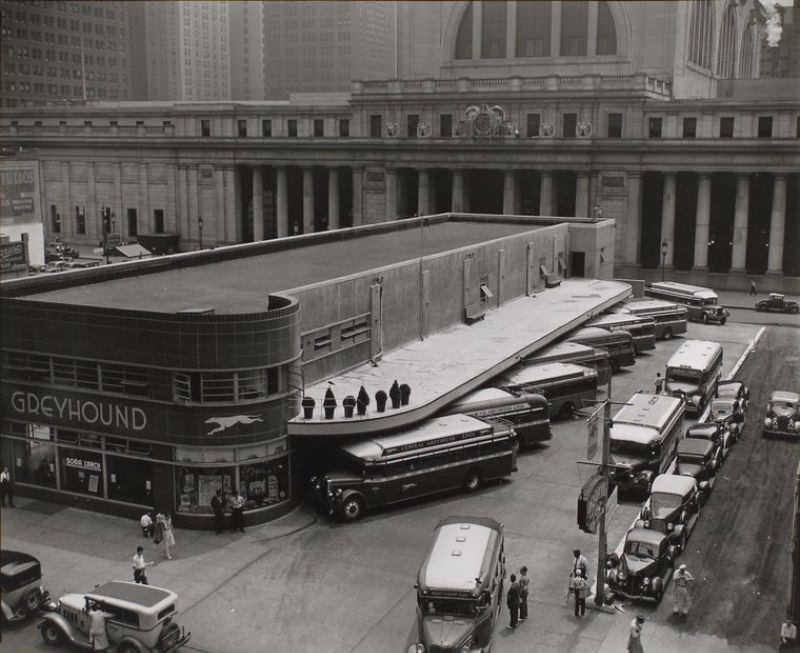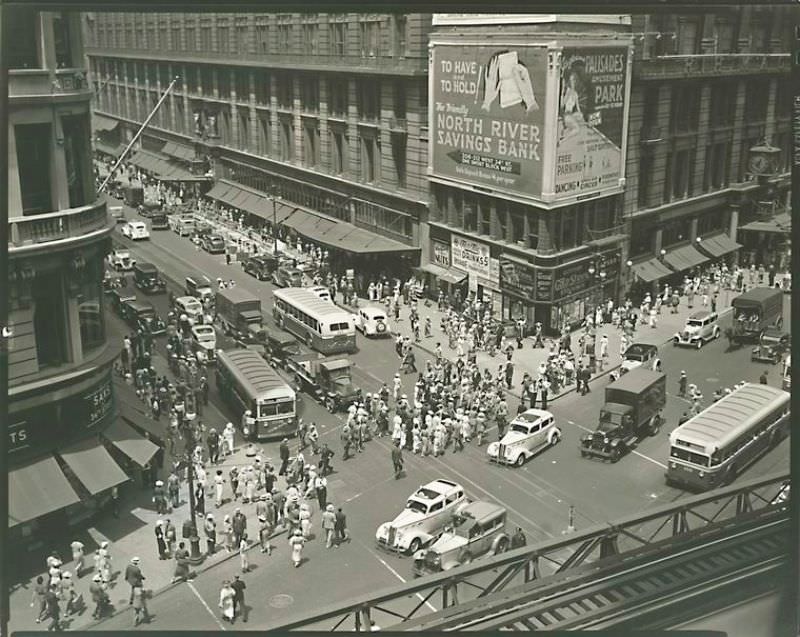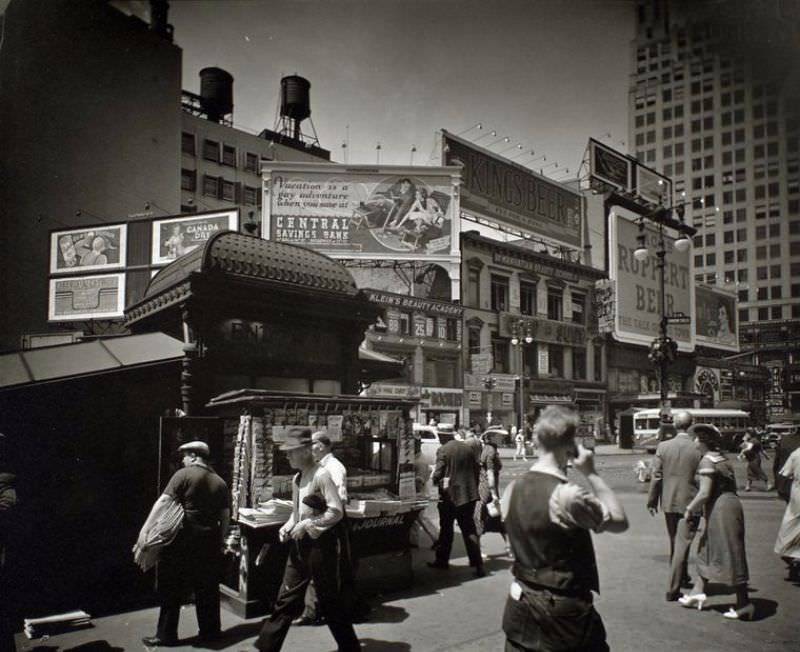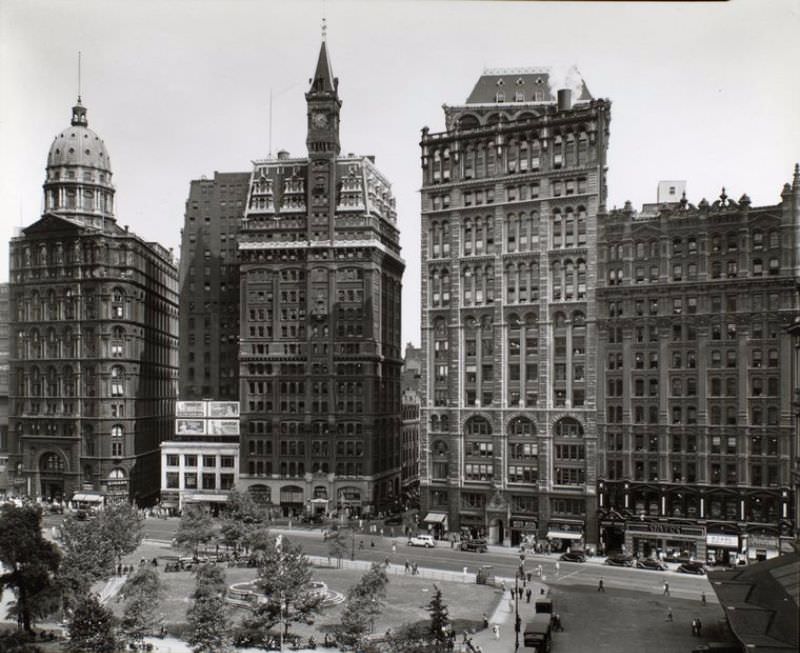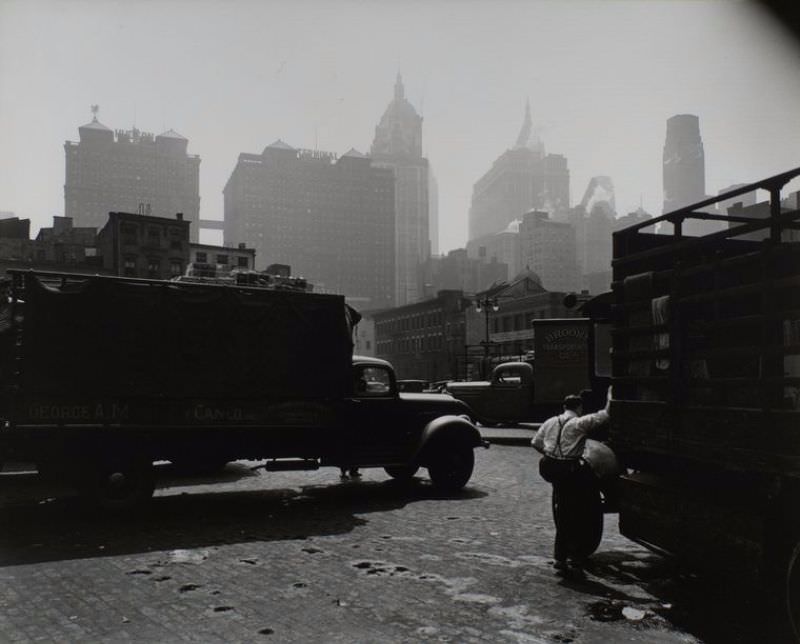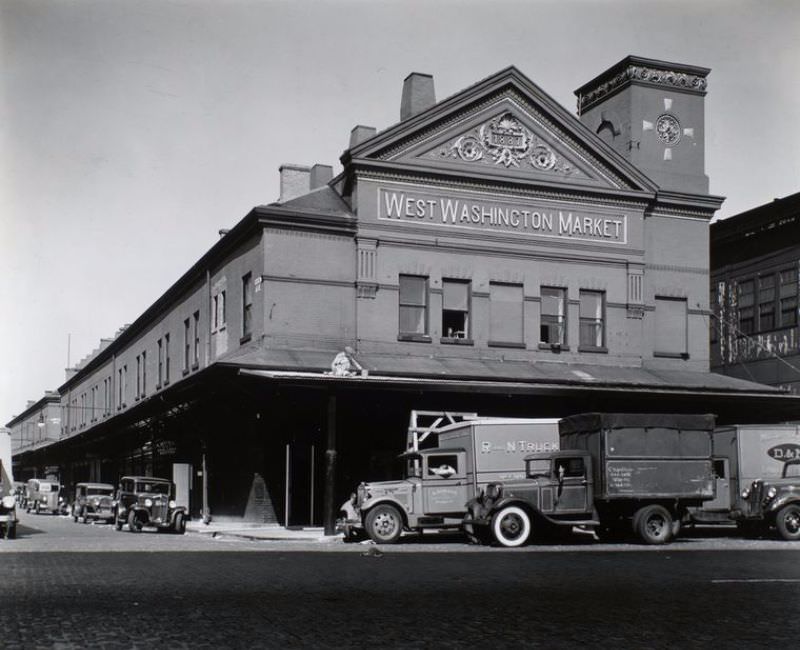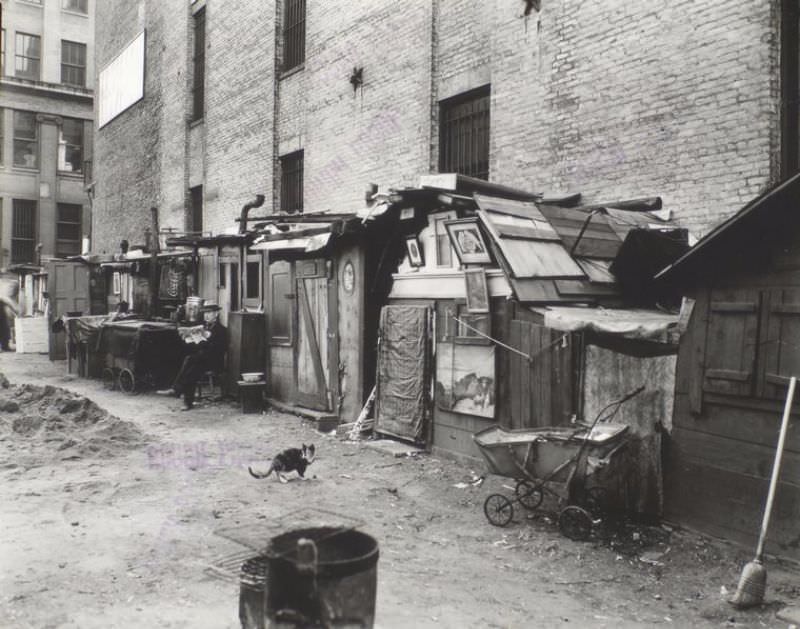Berenice Abbott was an American photographer. She is best known for her striking black and white images of New York City in the 1930s. Her project, “Changing New York,” documented a city undergoing rapid transformation during a difficult time. It’s a visual time capsule of a specific era.
A Project Born from the Great Depression
The 1930s were a challenging period in American history. The Great Depression had a devastating impact on the country. Many people were out of work and struggling to make ends meet. The economy was in a downturn.
In response to the crisis, the U.S. government created programs to provide relief and employment. One of these programs was the Federal Art Project (FAP). It was part of President Franklin D. Roosevelt’s New Deal.
The FAP employed artists, photographers, writers, and other creative professionals. It gave them opportunities to work on public art projects. The goal was to support the arts and provide jobs during a time of widespread unemployment. It helped many people.
Read more
Berenice Abbott proposed her “Changing New York” project to the FAP in 1935. She wanted to document the city’s architecture, its people, and its changing landscape. She saw the city as a living organism.
The FAP accepted her proposal. It provided her with funding and resources to carry out her project. She had an important opportunity. She began her ambitious undertaking.
Lower Manhattan
Abbott dedicated a large portion of her project to lower Manhattan. This area was the heart of New York City’s financial district. It was also a place of great historical significance. It was constantly evolving.
She photographed the towering skyscrapers that were transforming the city’s skyline. These buildings were symbols of progress and modernity. They represented a new era of architecture. They were marvels of engineering.
She also documented the older buildings that were being demolished to make way for new construction. This process of change was a central theme of her work. She captured both the old and the new. She showed the city’s transformation.
The waterfront was another area of focus for Abbott. She photographed the docks, the ships, and the workers who toiled there. The waterfront was a vital part of the city’s economy. It was a hub of activity.
Abbott’s photographs also captured the everyday life of people in lower Manhattan. She photographed shopkeepers, pedestrians, and street vendors. She documented the human element of the city. She showed the people who lived and worked there.
While lower Manhattan was a major focus, Abbott also ventured into other parts of the city. She photographed the Lower East Side, a densely populated immigrant neighborhood. It was a place of vibrant street life. It was full of energy.
Greenwich Village, known for its bohemian atmosphere, was another area that Abbott documented. She captured its unique character. She photographed its artists, writers, and musicians. She showed a different side of New York.
Abbott also explored areas outside of Manhattan. She took photographs in Brooklyn and Queens. These boroughs were also experiencing change during the 1930s. They were growing and developing.
In Brooklyn, she photographed residential neighborhoods, as well as the Brooklyn Bridge. It’s an iconic landmark. In Astoria, Queens, she documented the Hell Gate Bridge. It’s a massive steel railway bridge. She showed the city’s infrastructure.


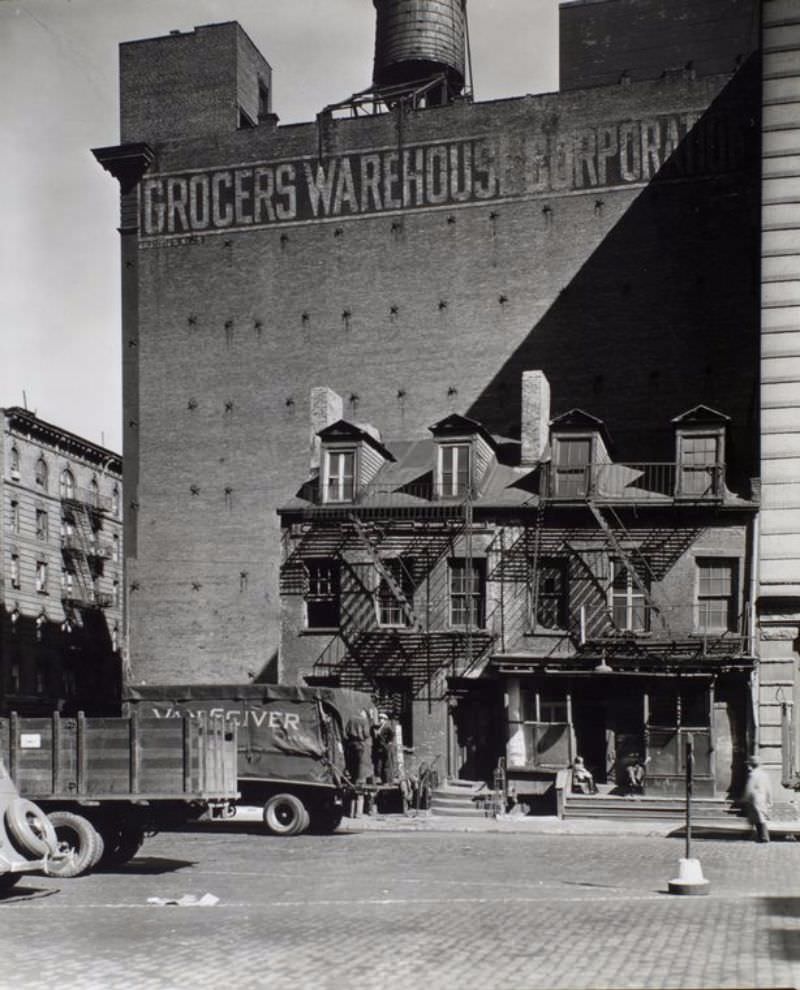
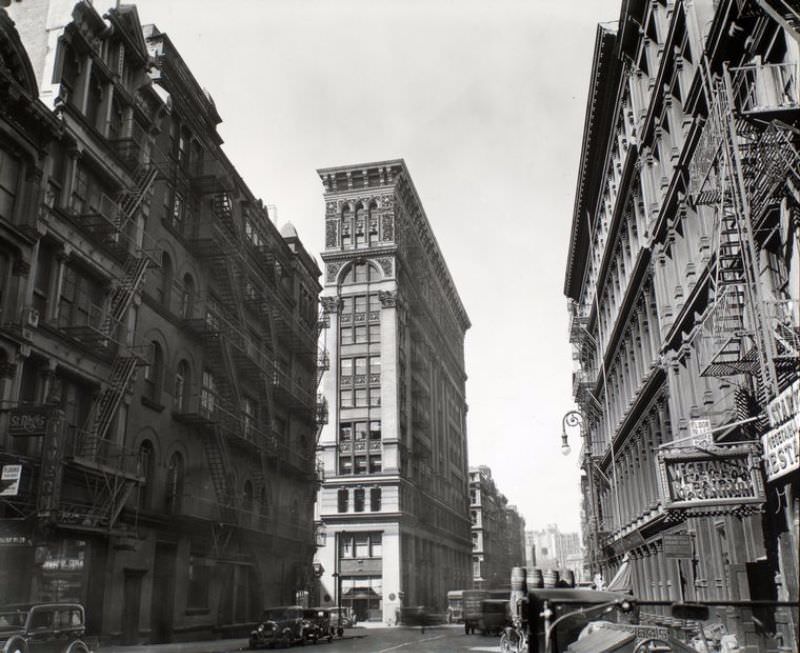
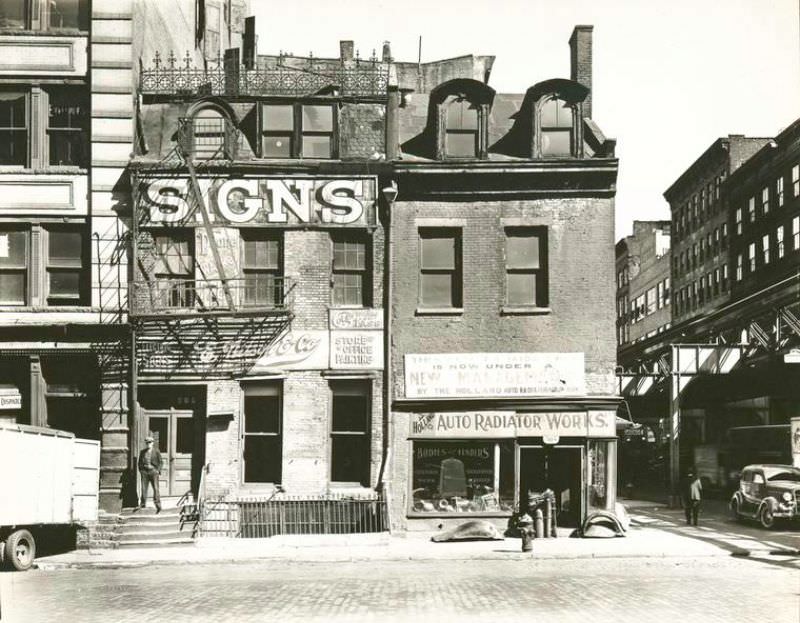
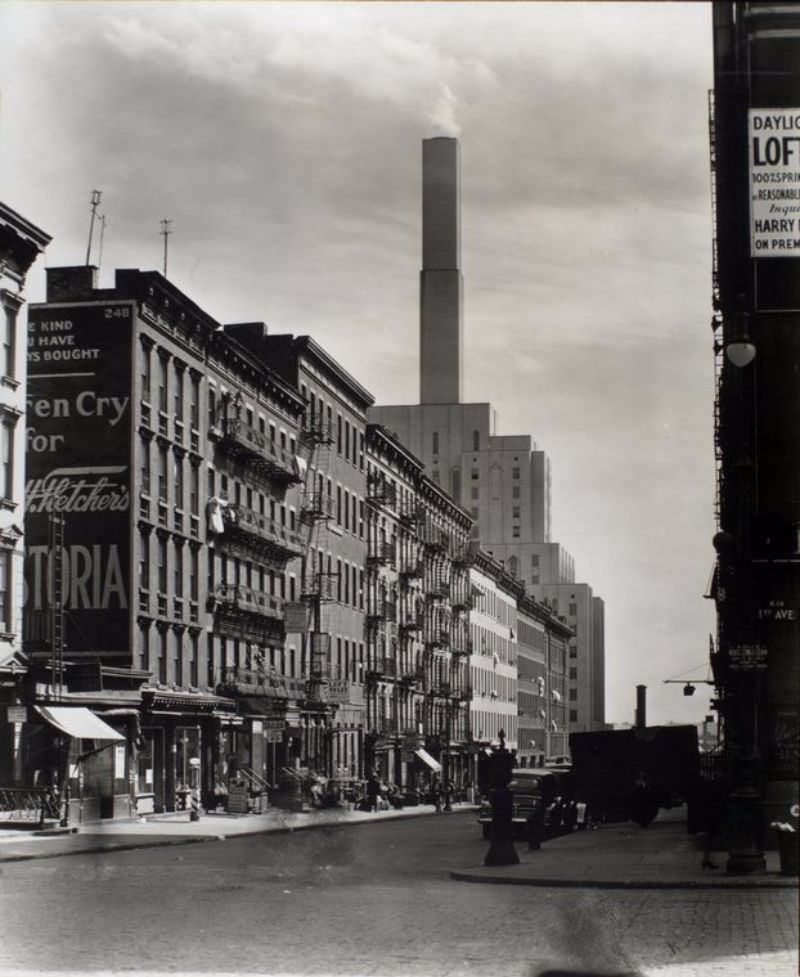
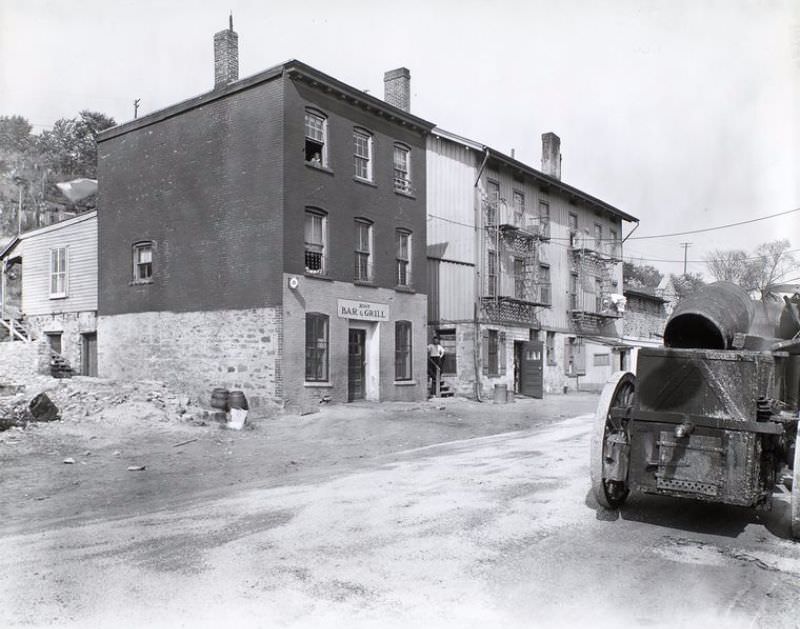
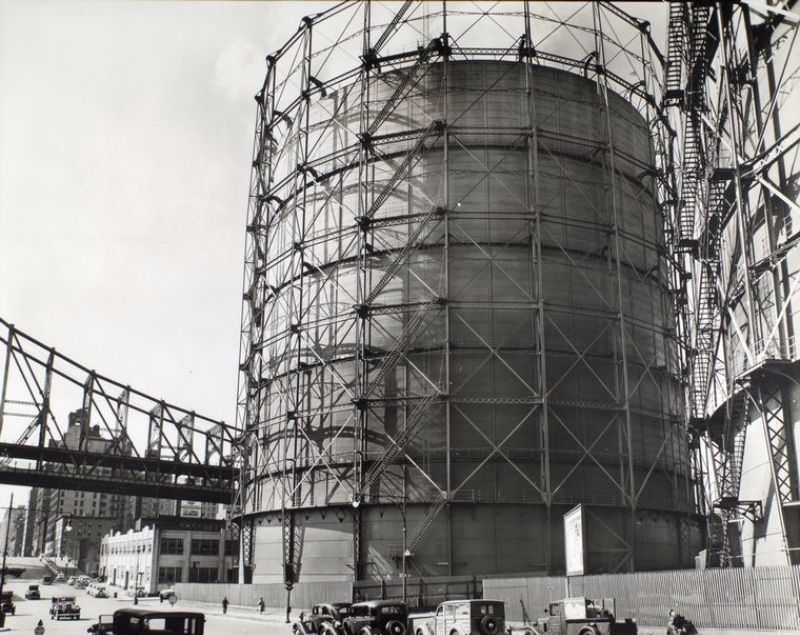
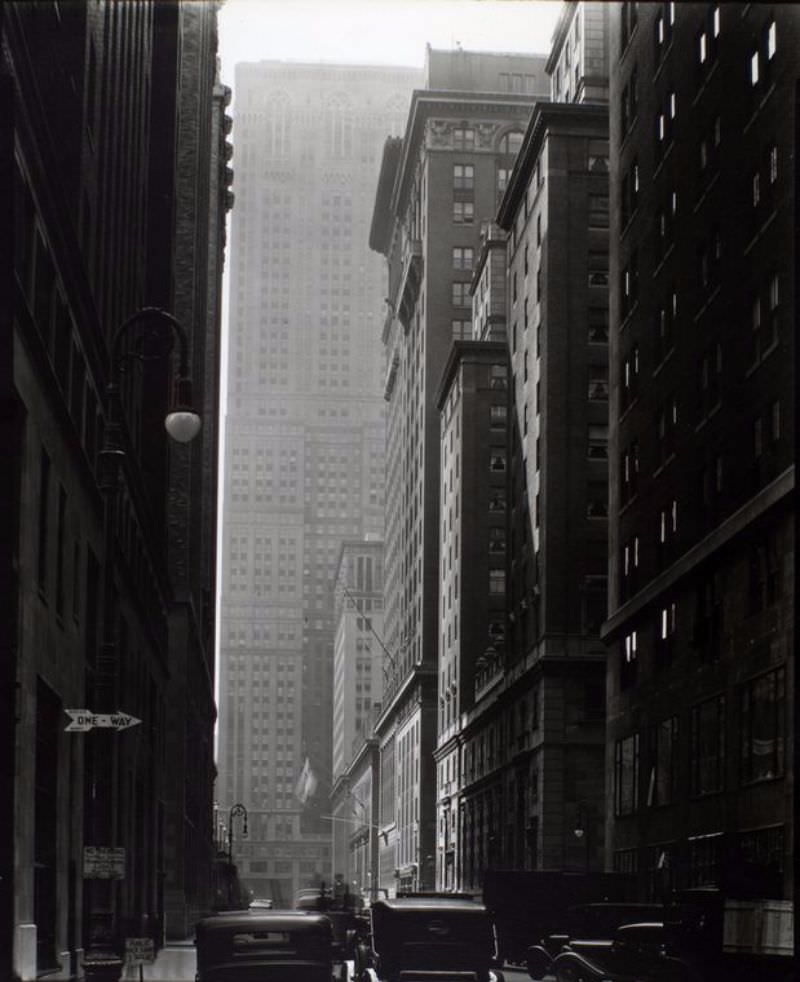
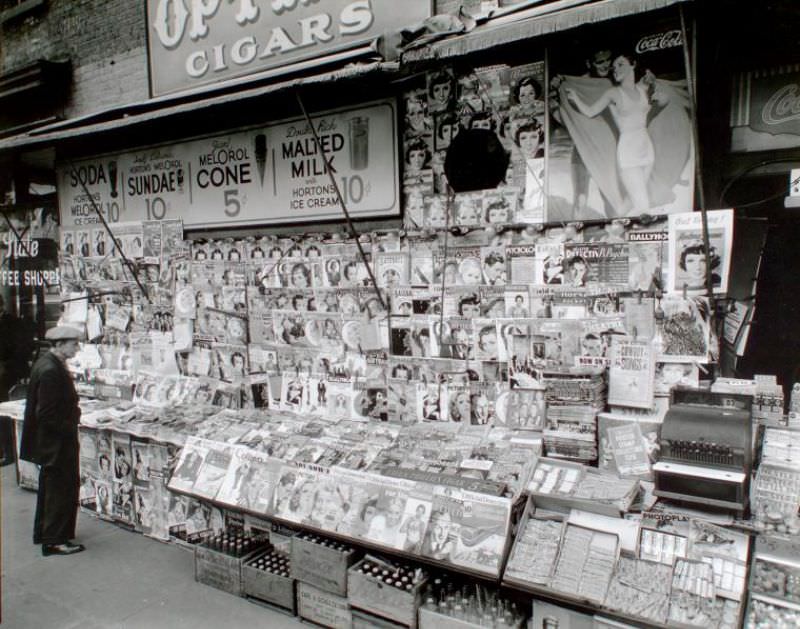
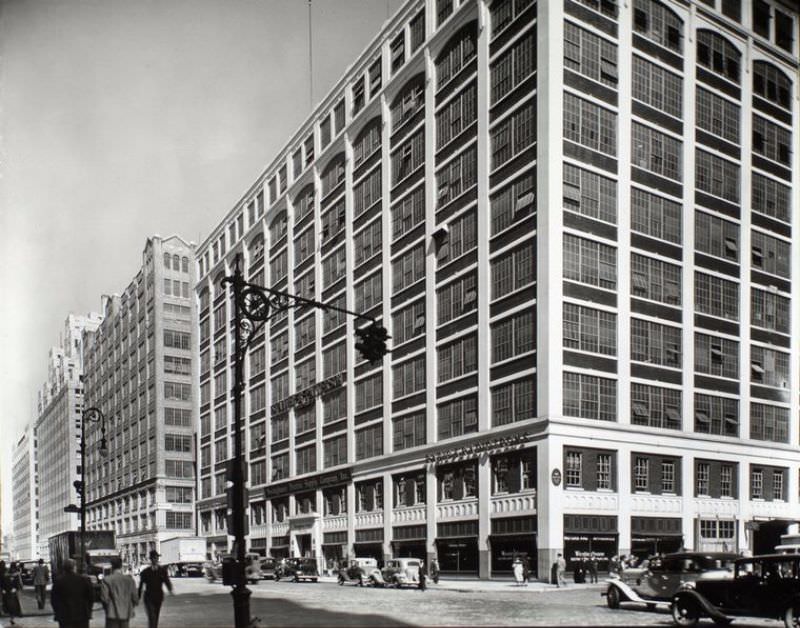
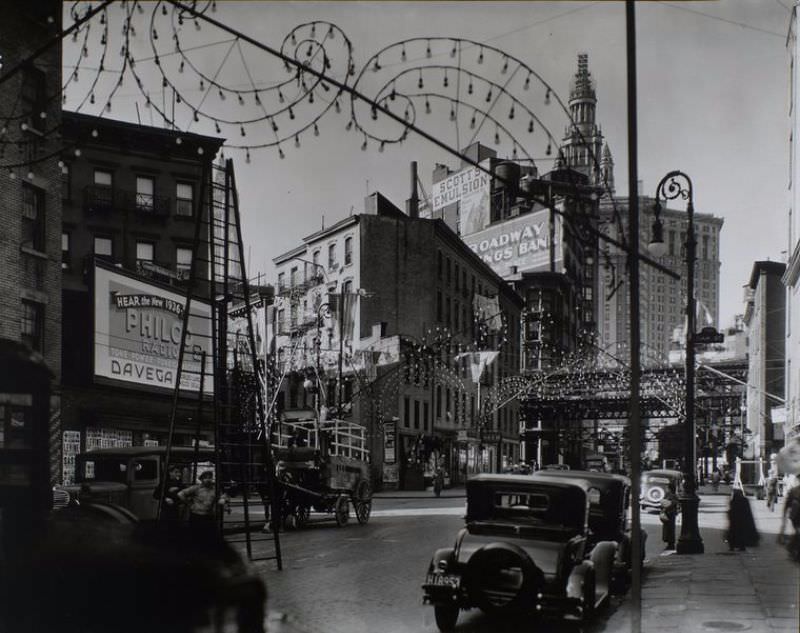
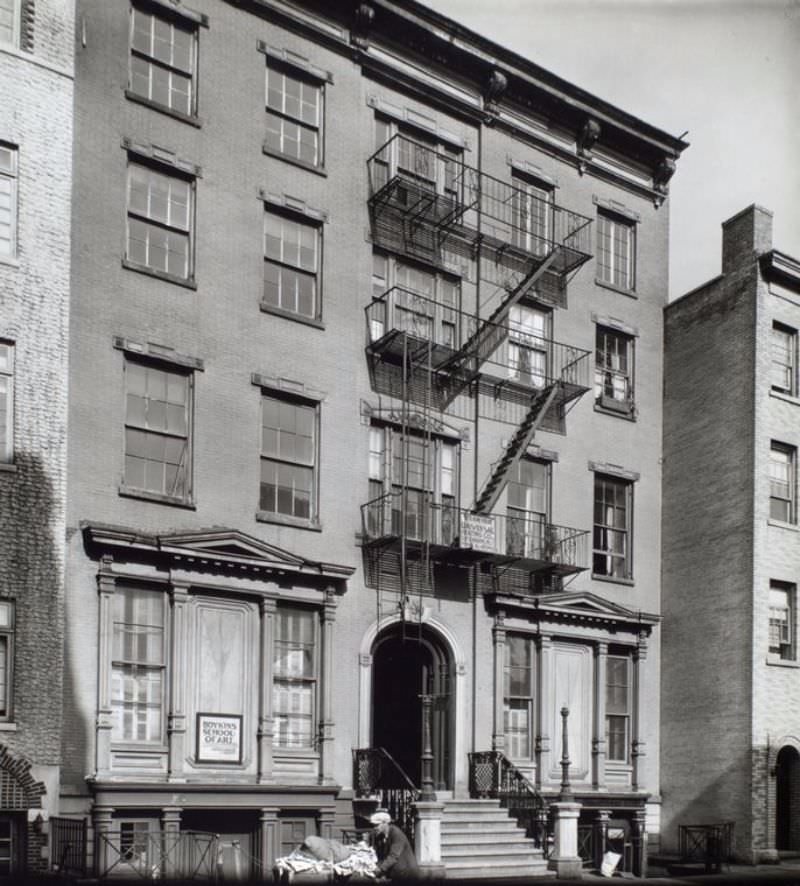
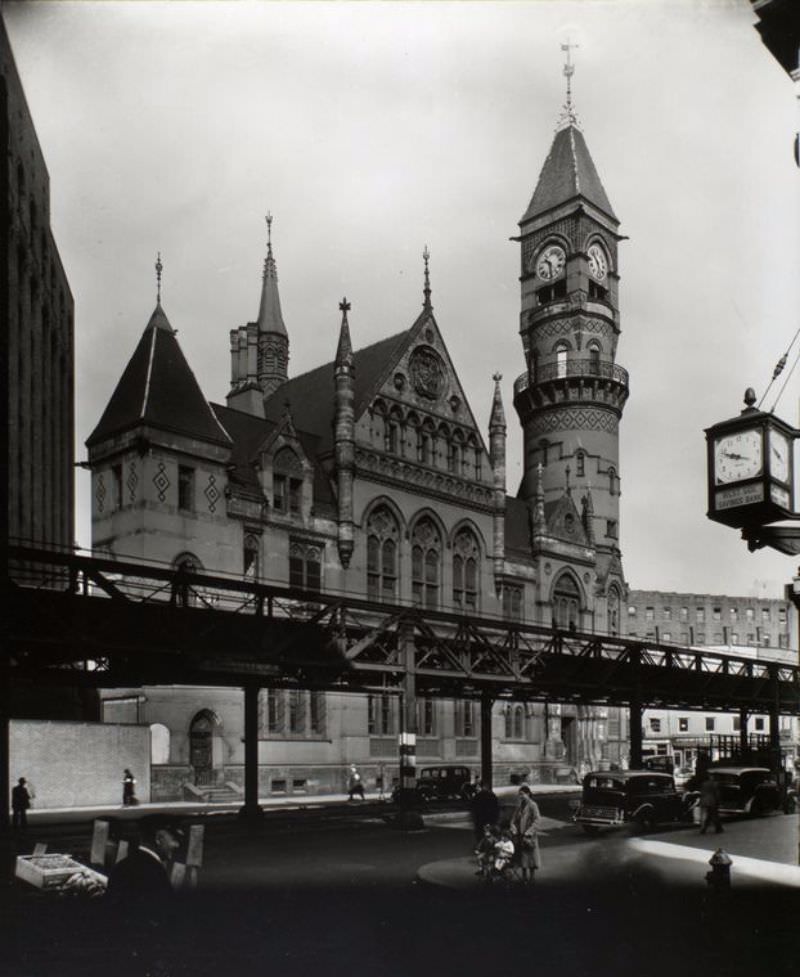
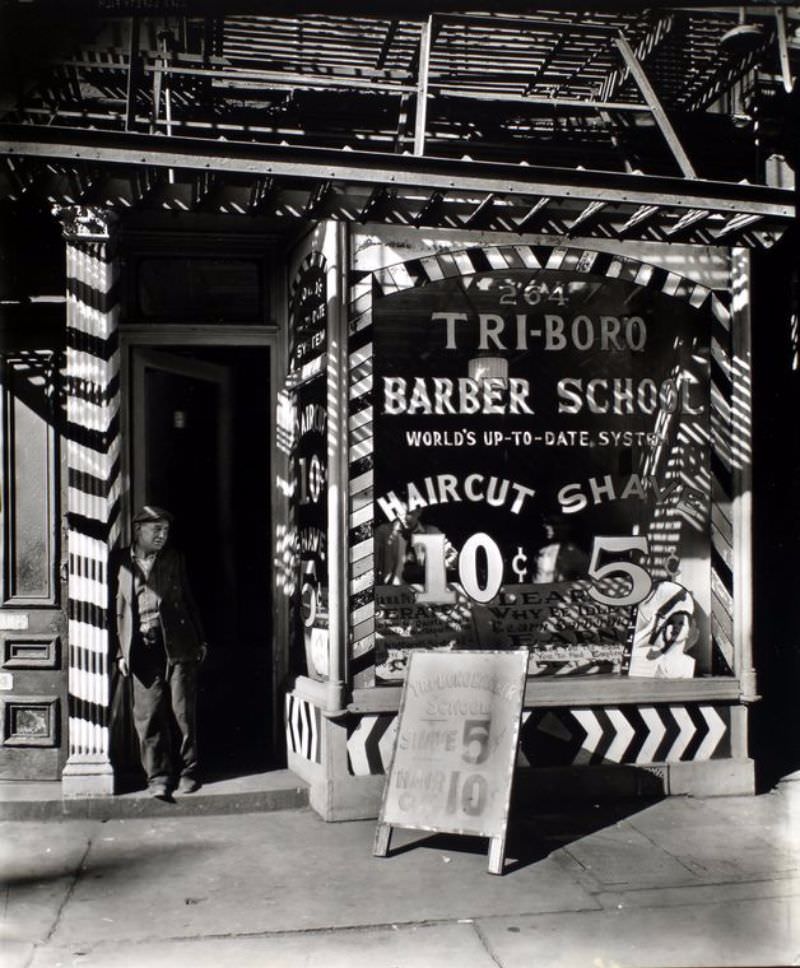
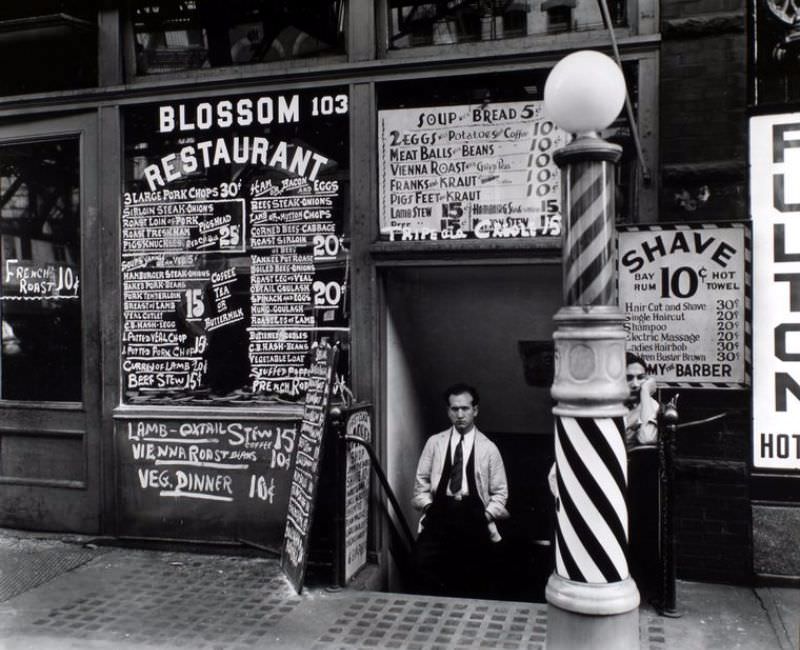
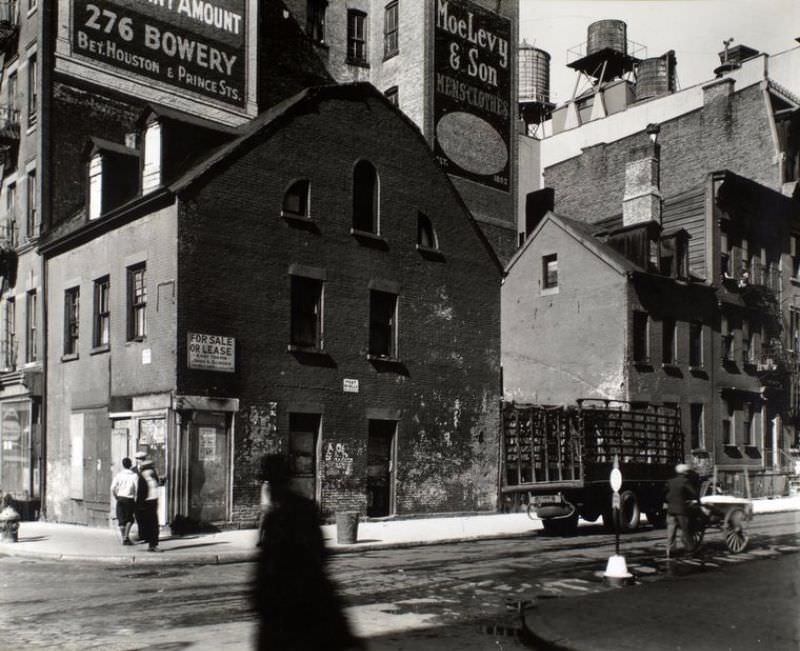
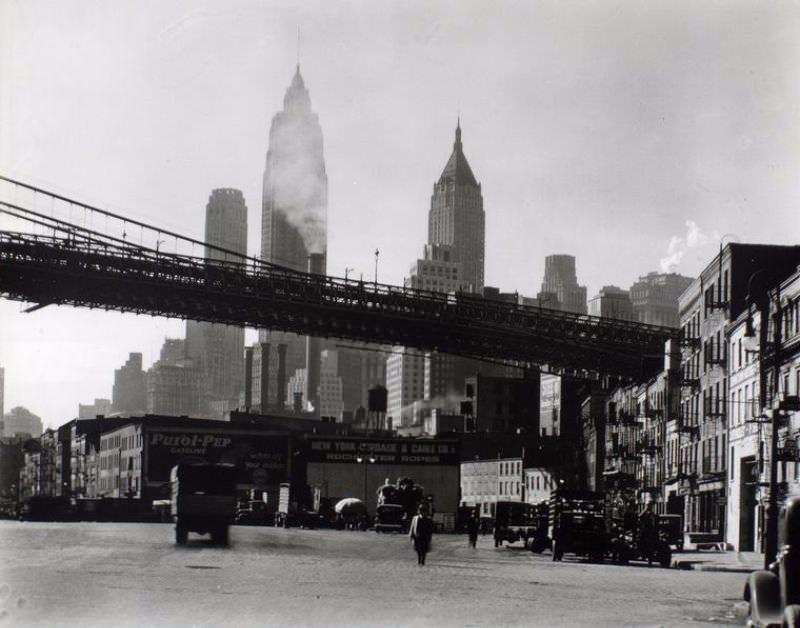
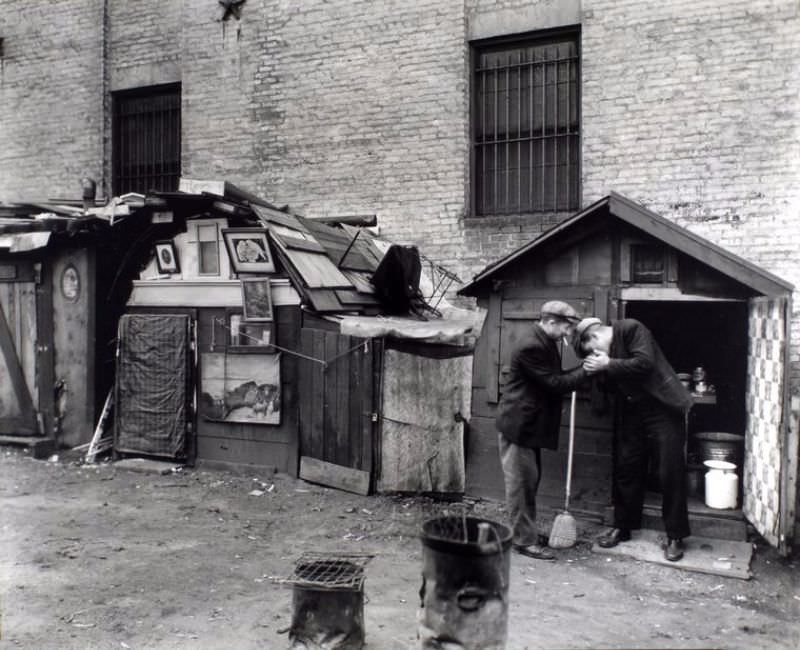
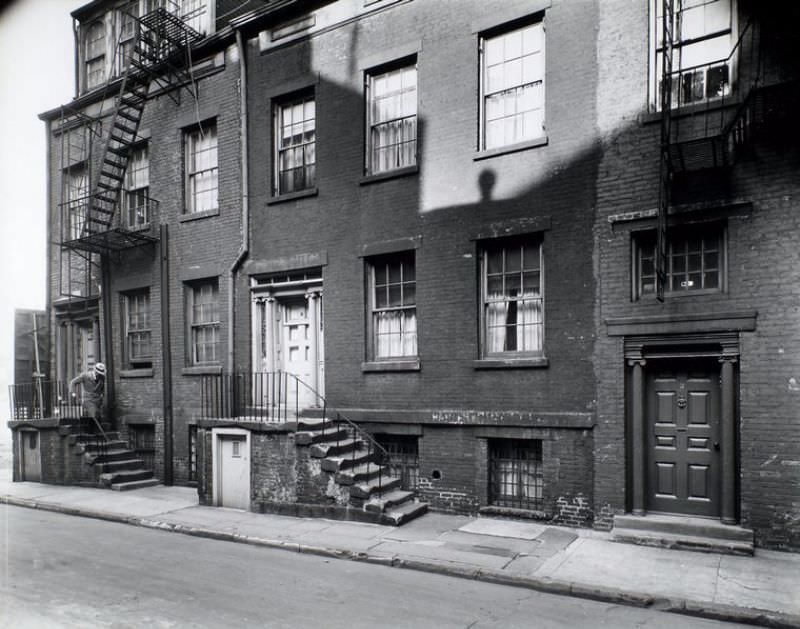
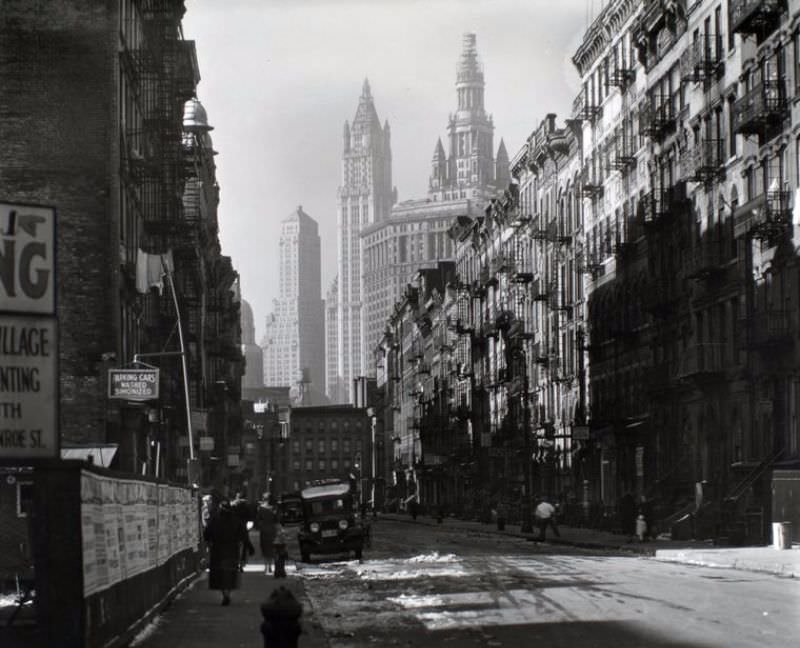
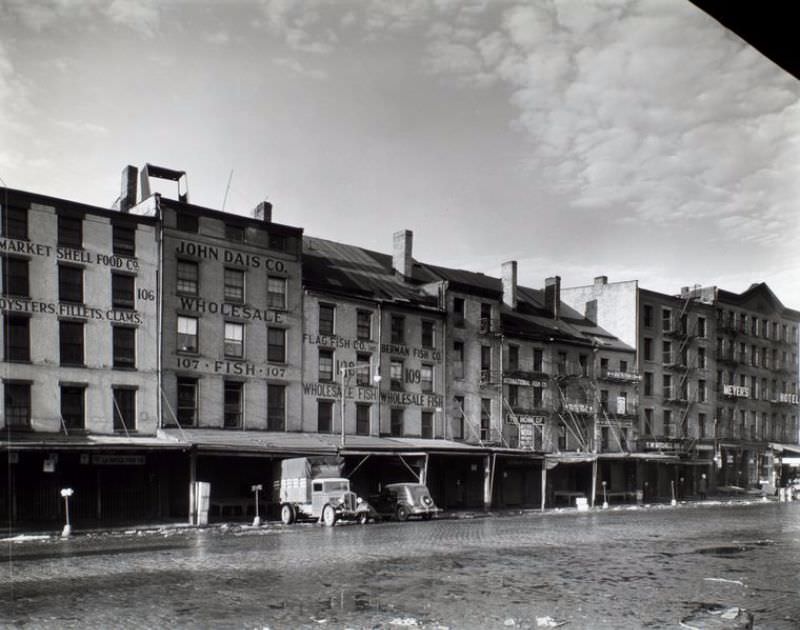
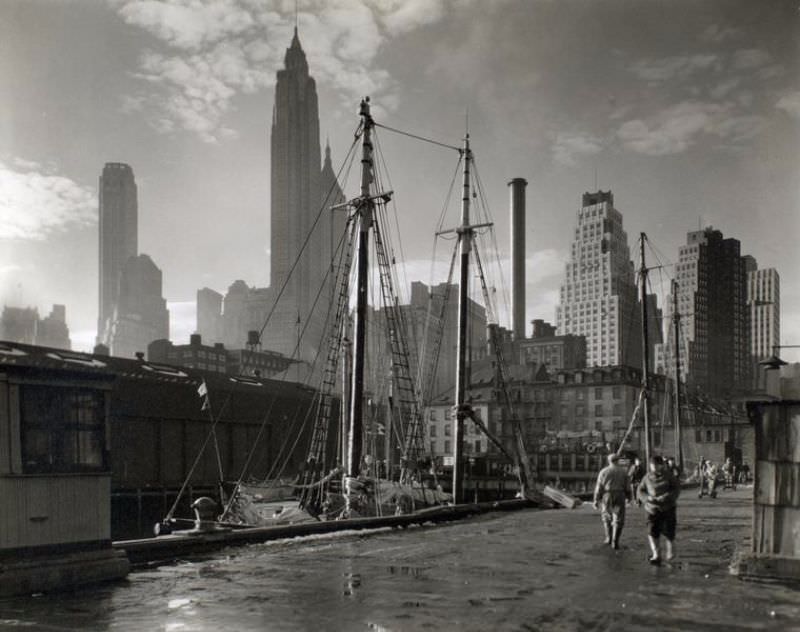
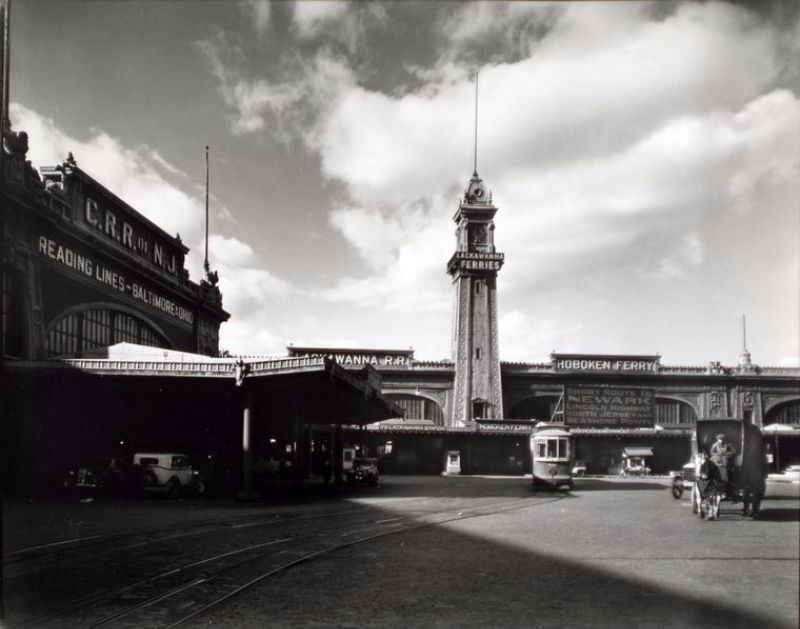
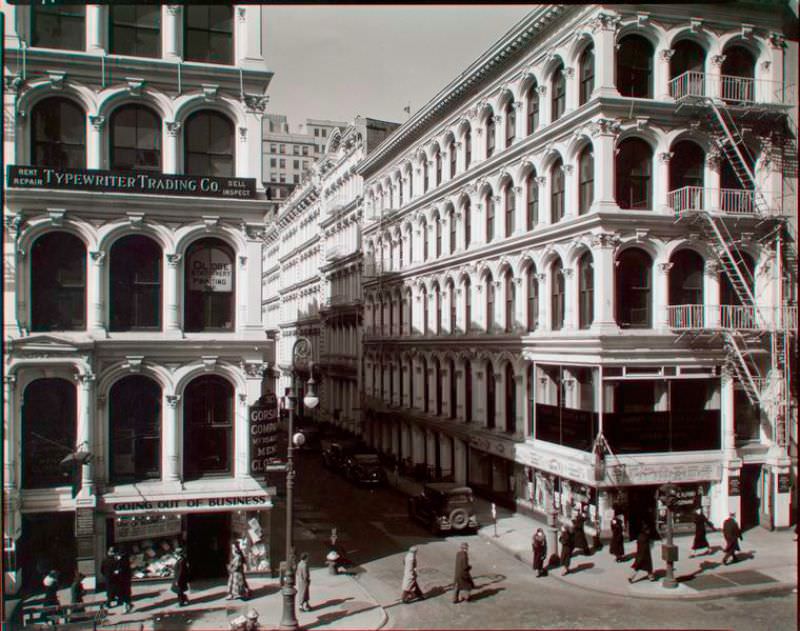
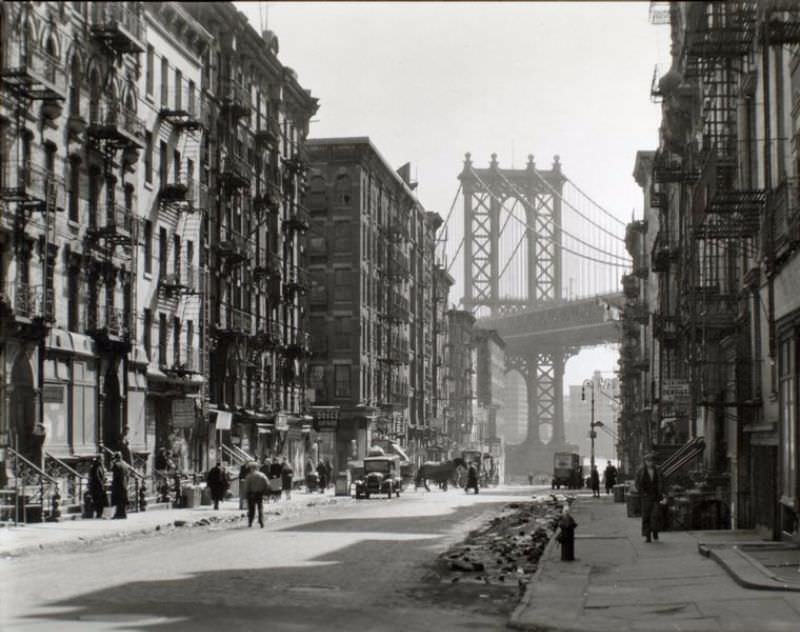
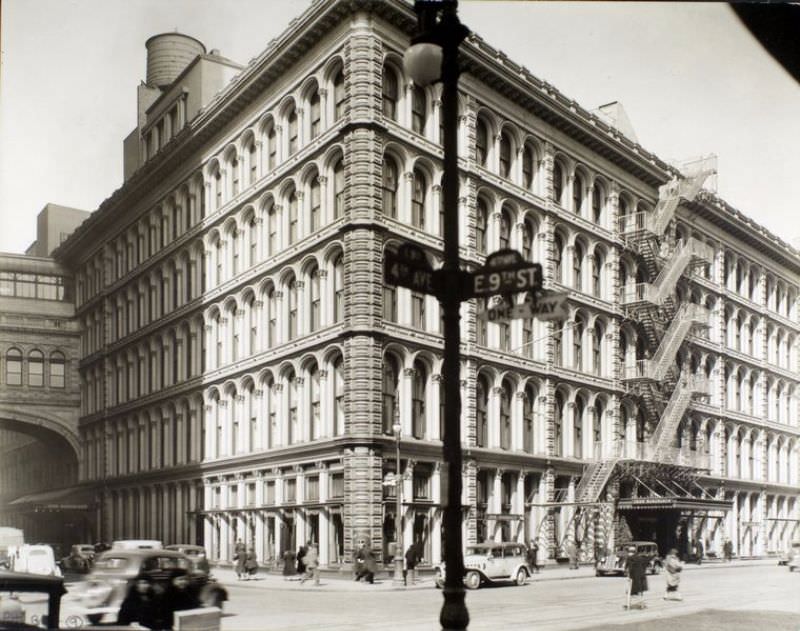
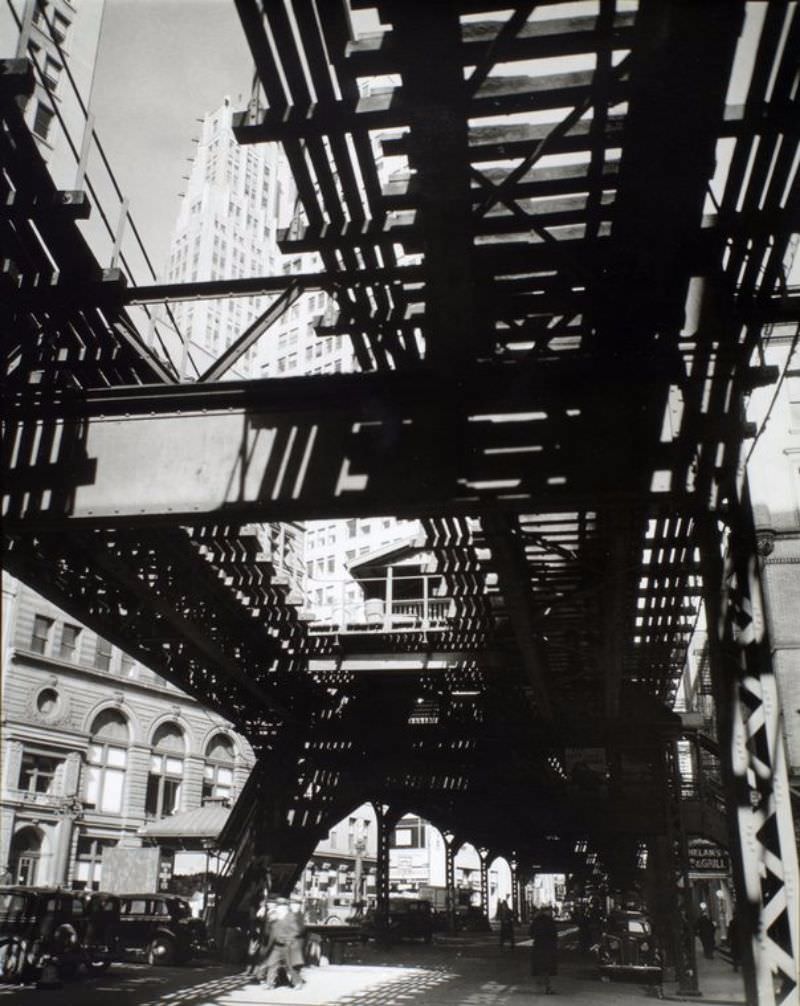
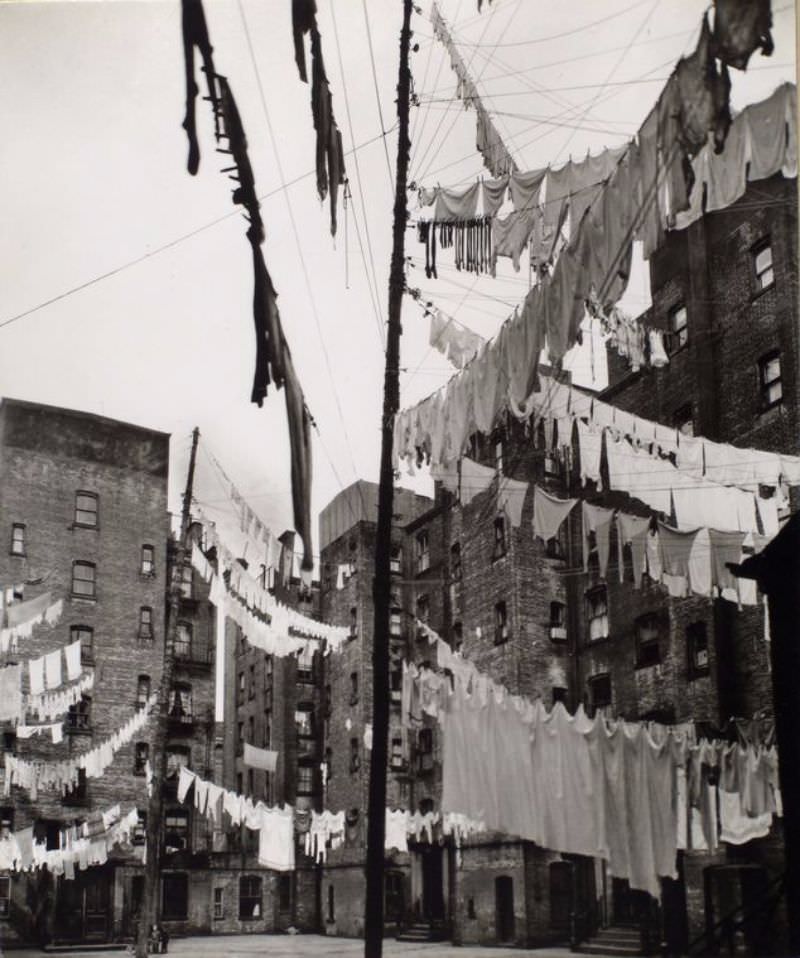
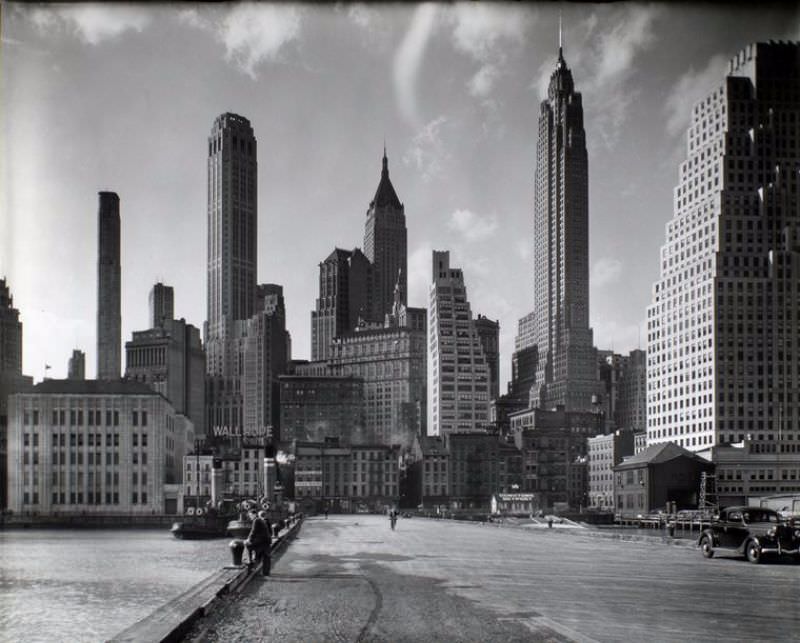
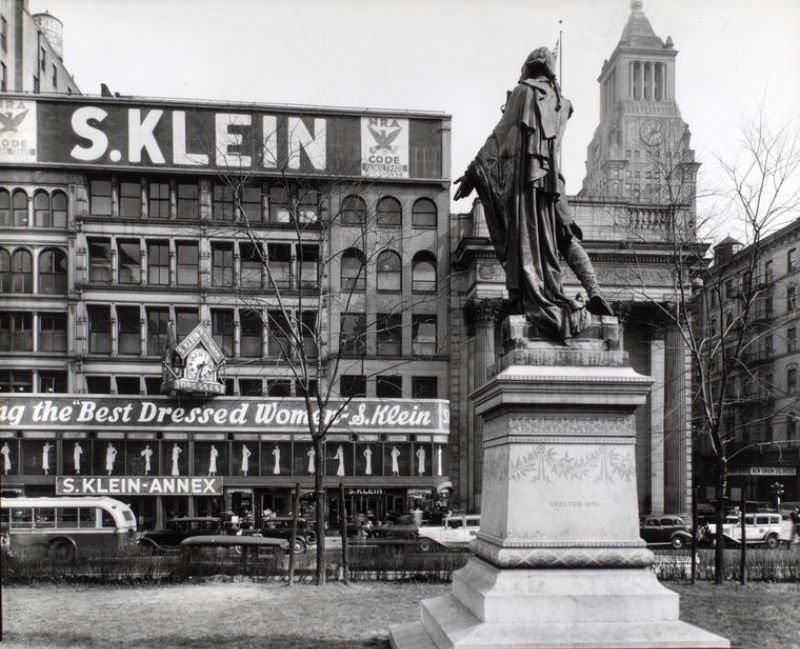
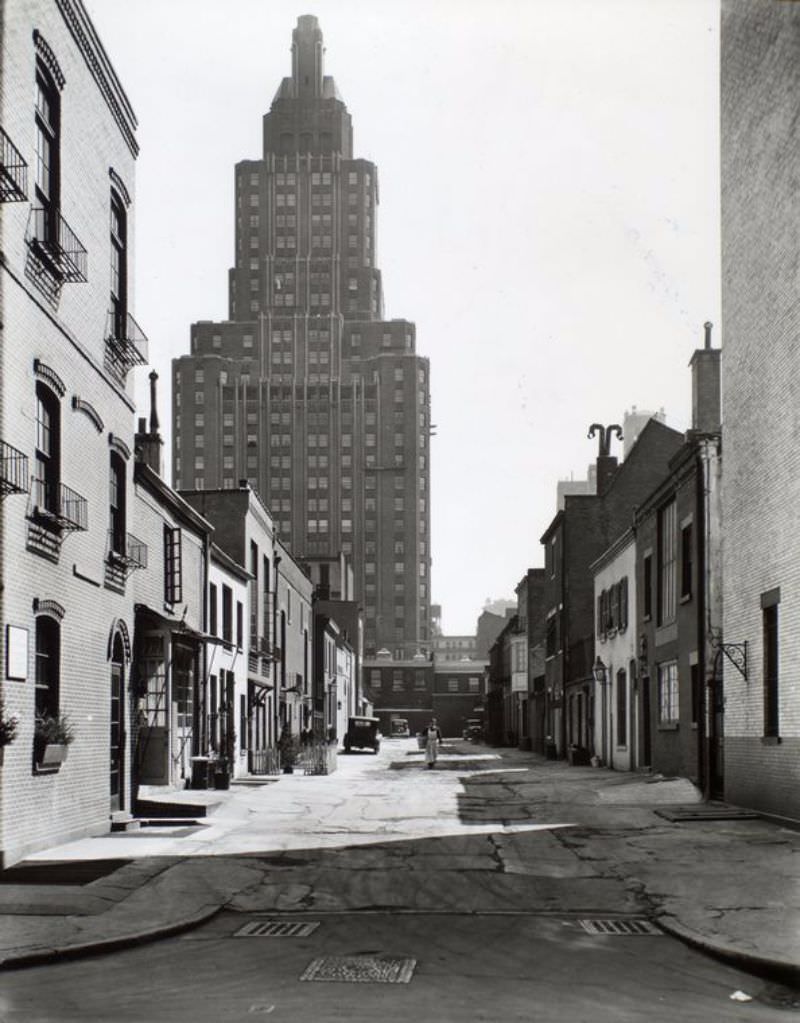
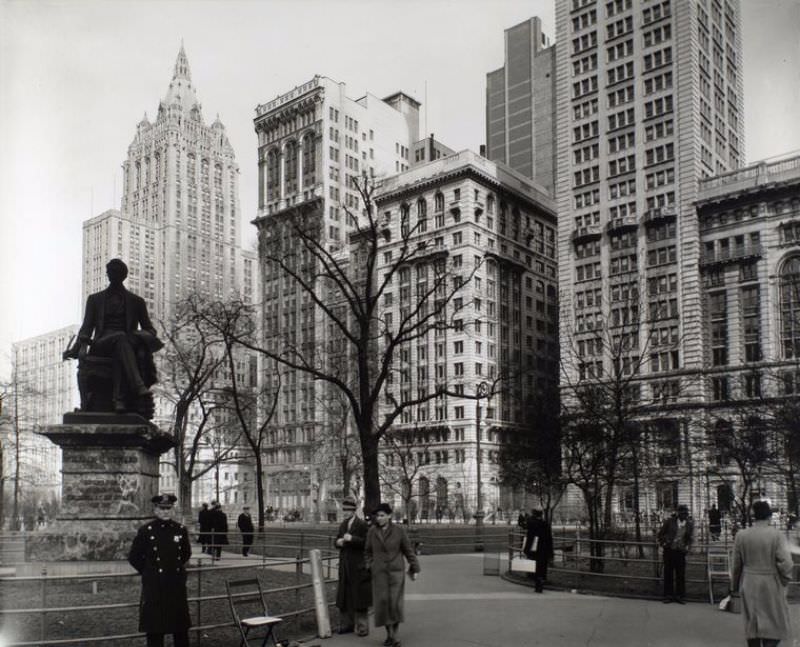
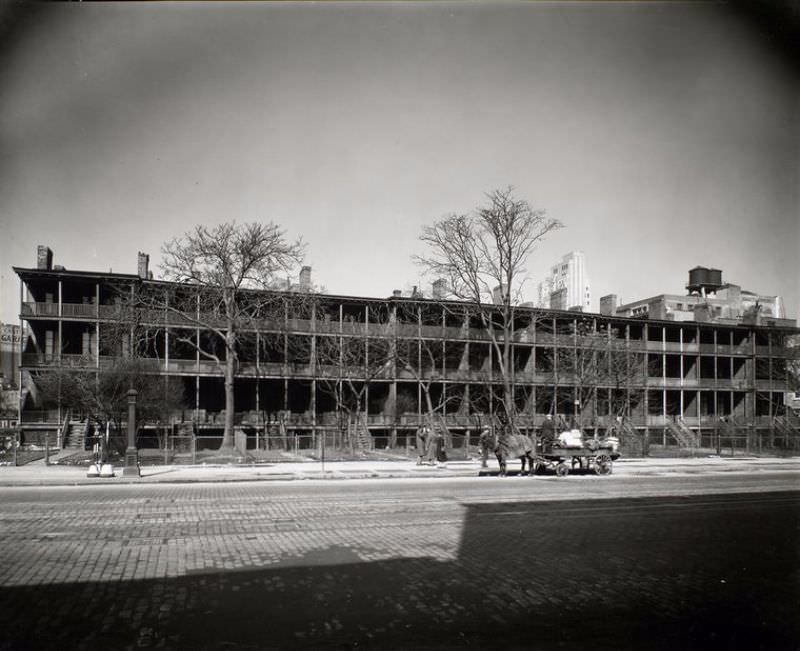
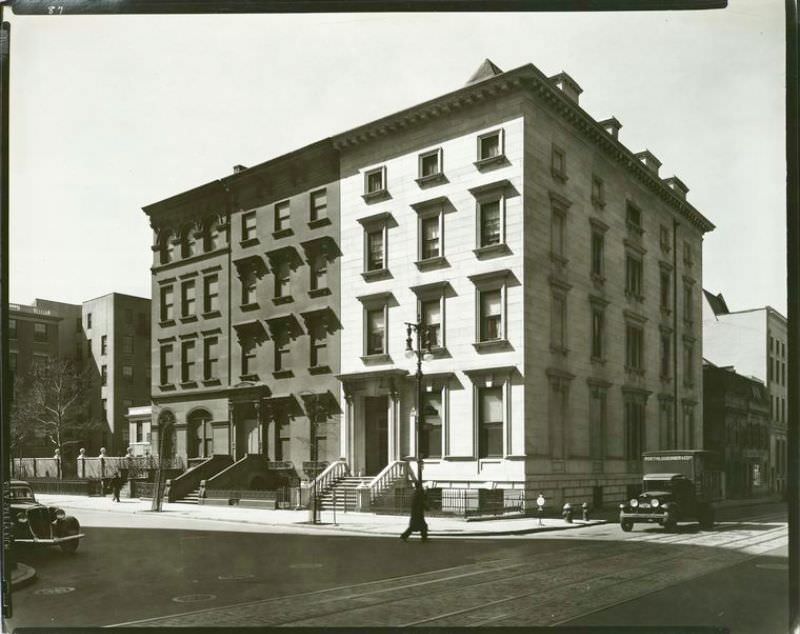
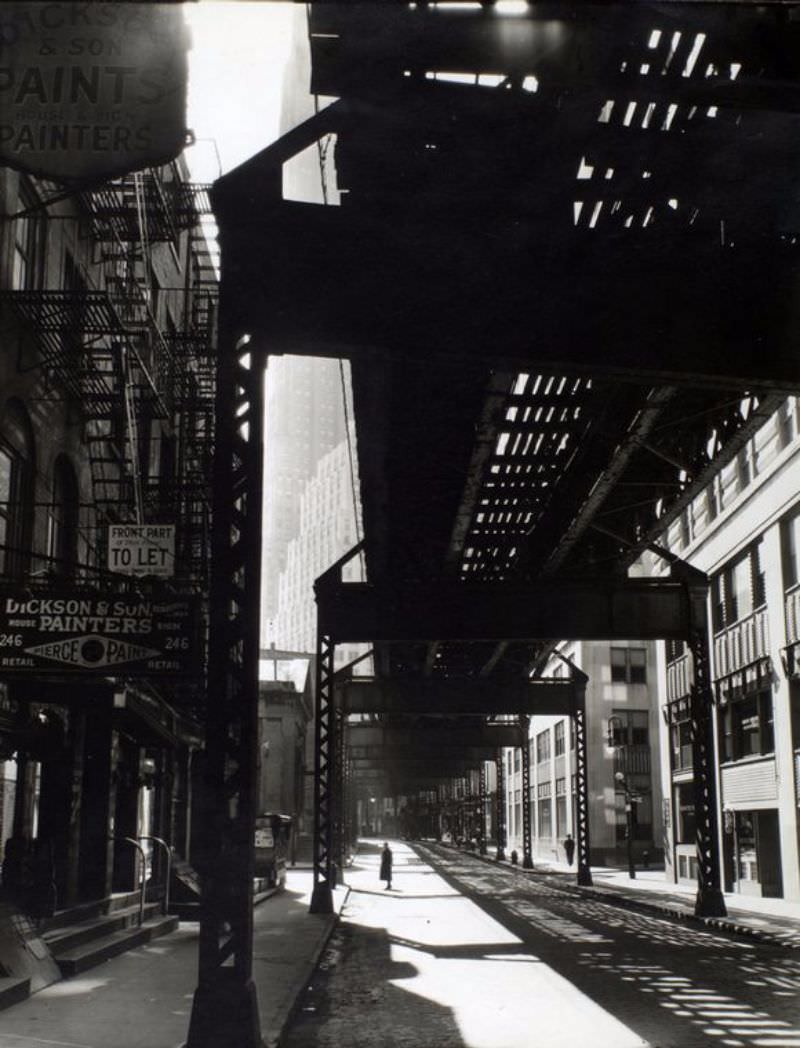
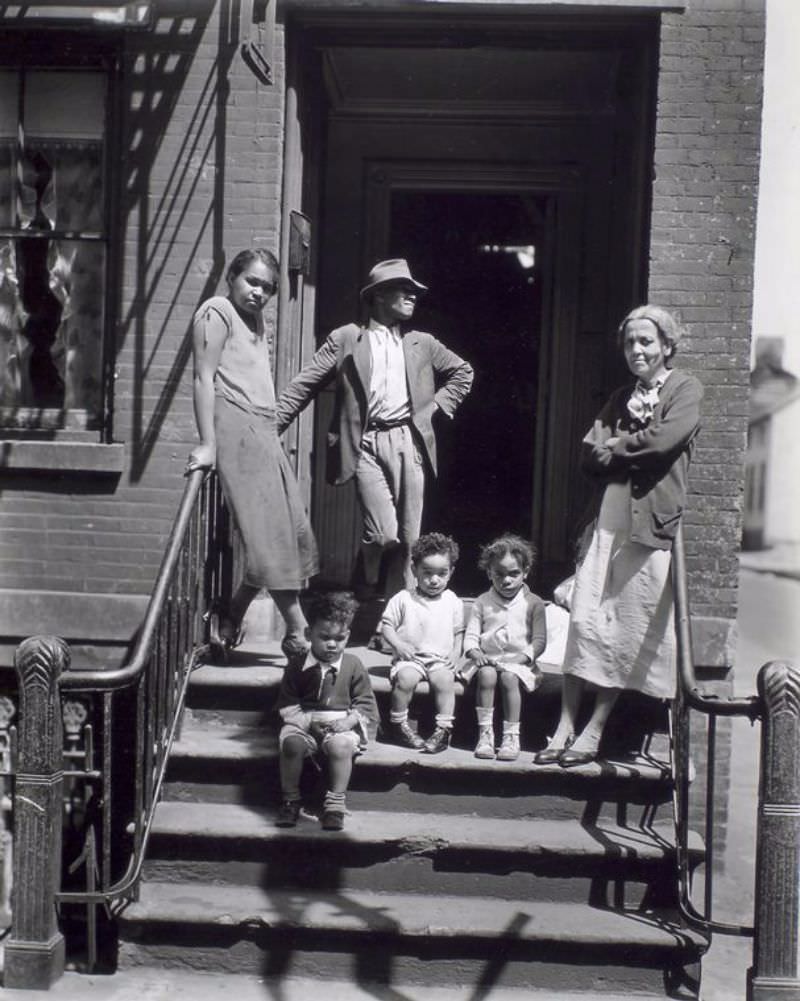
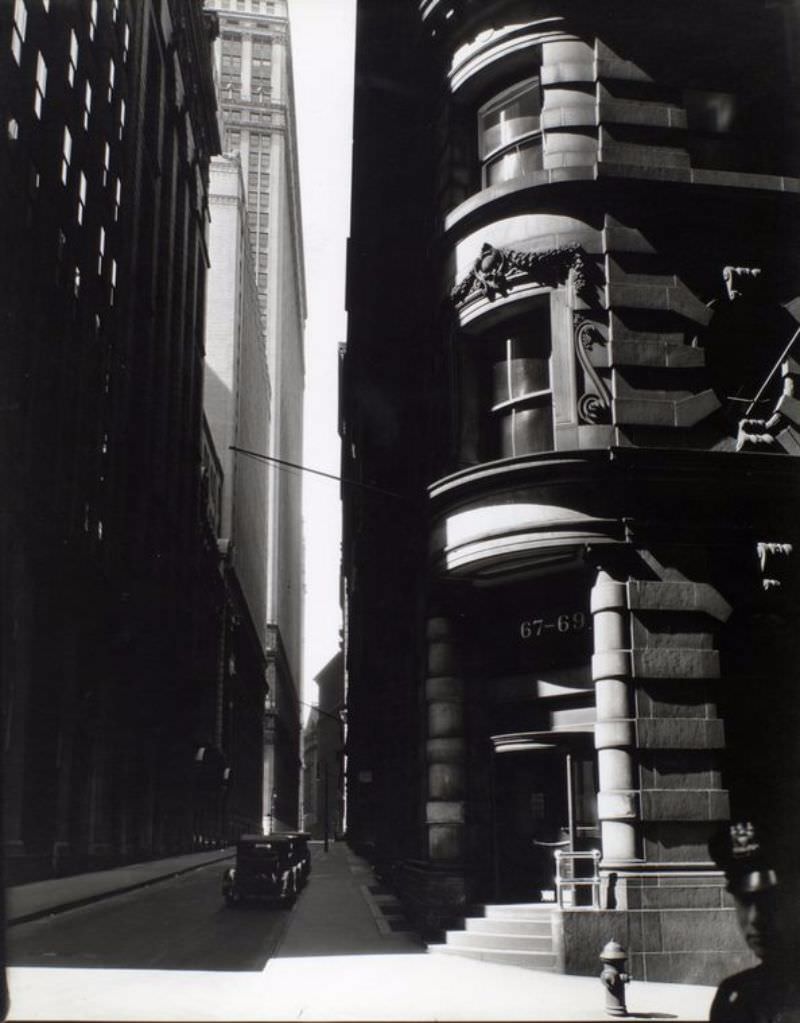
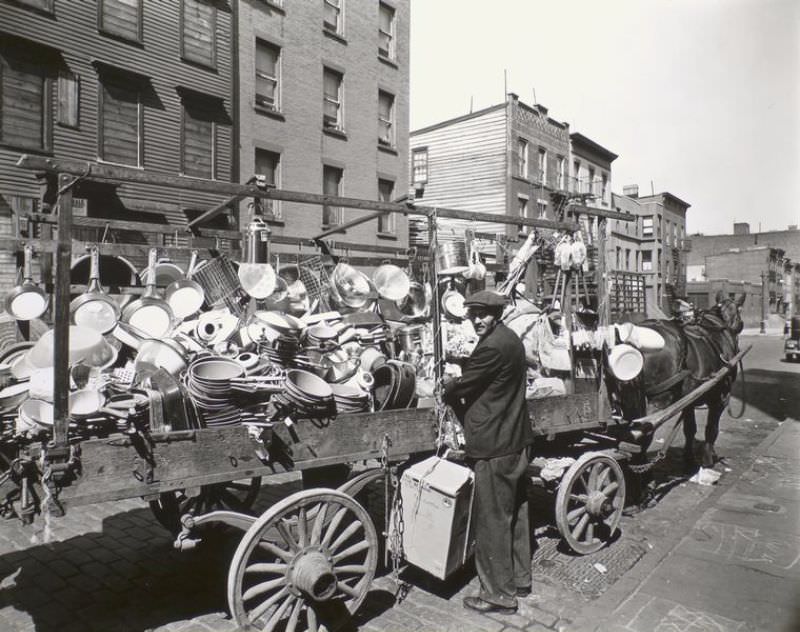
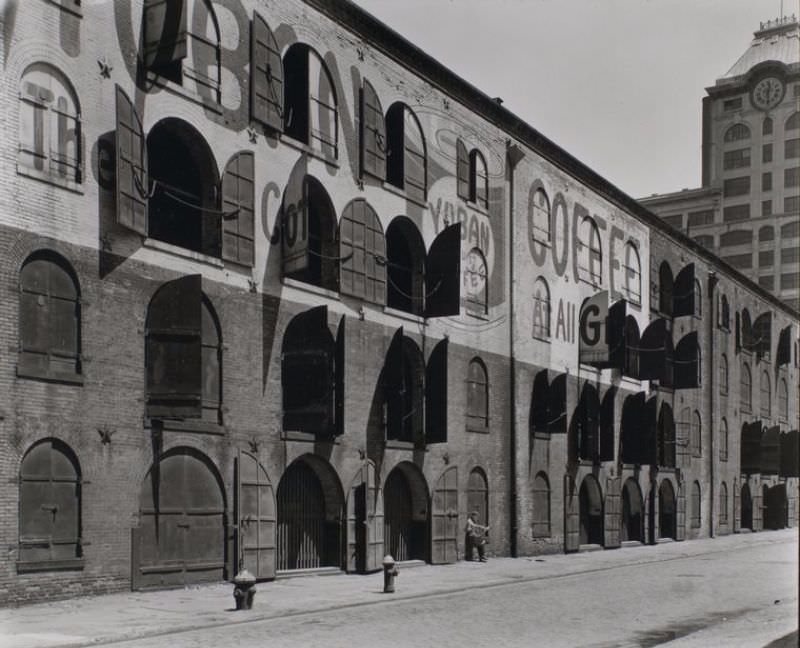
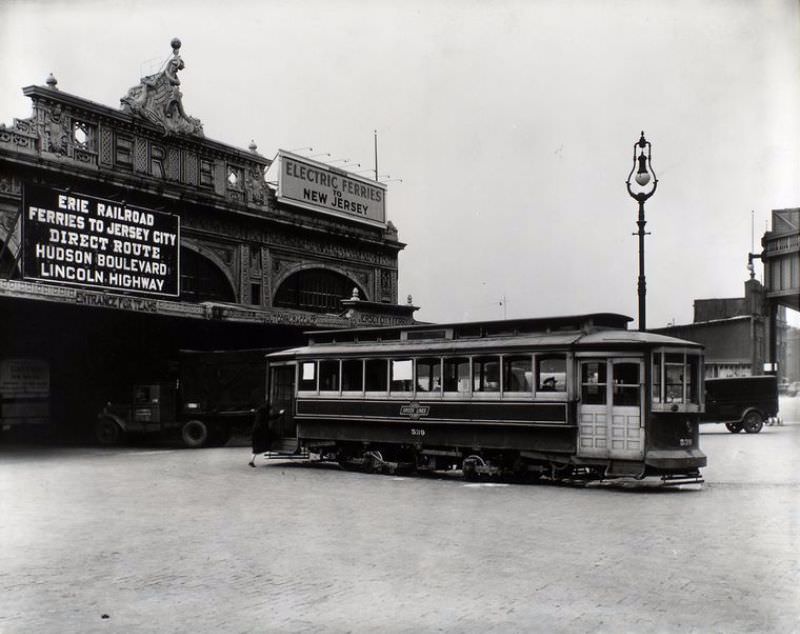
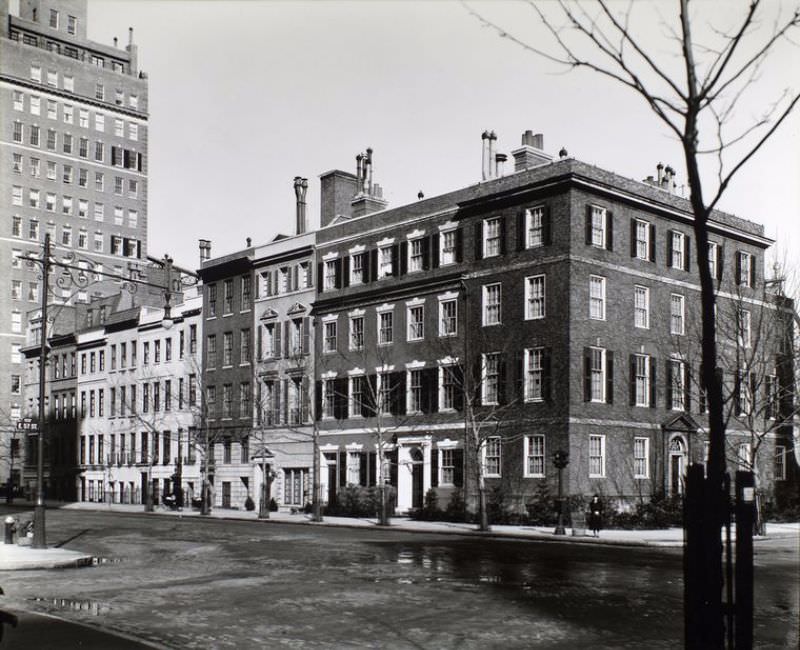
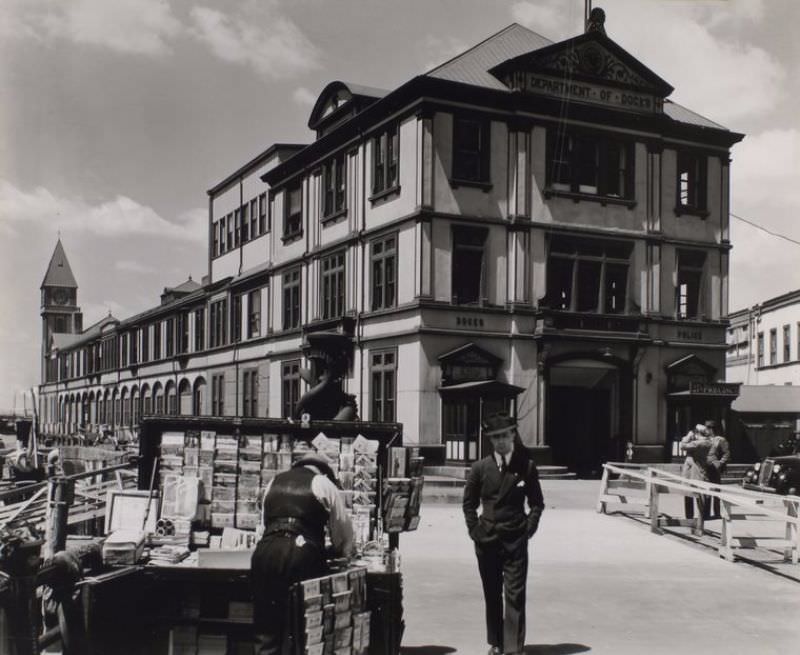
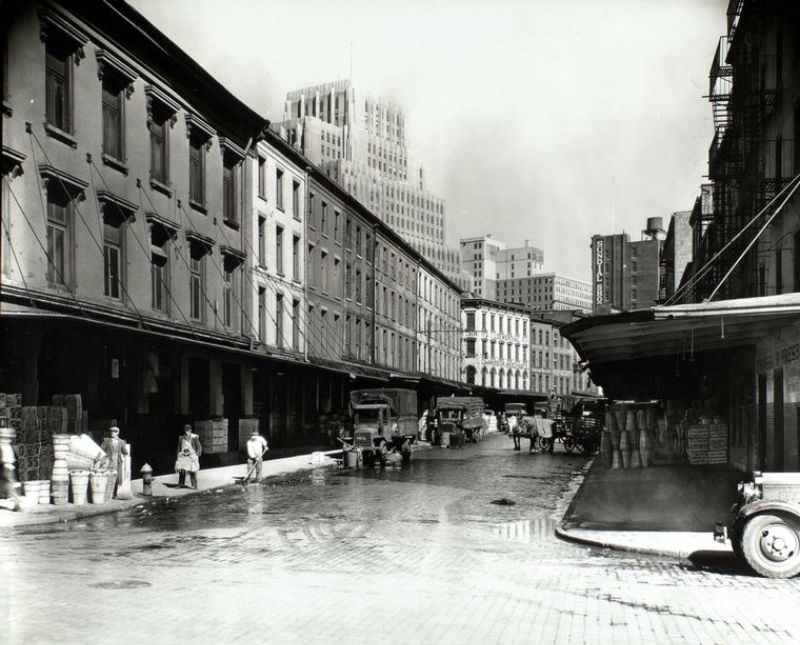
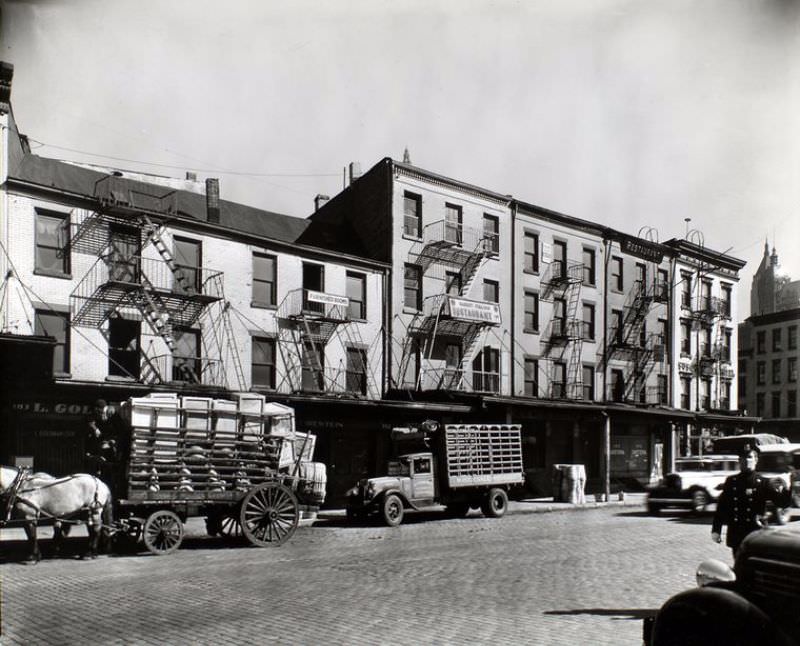
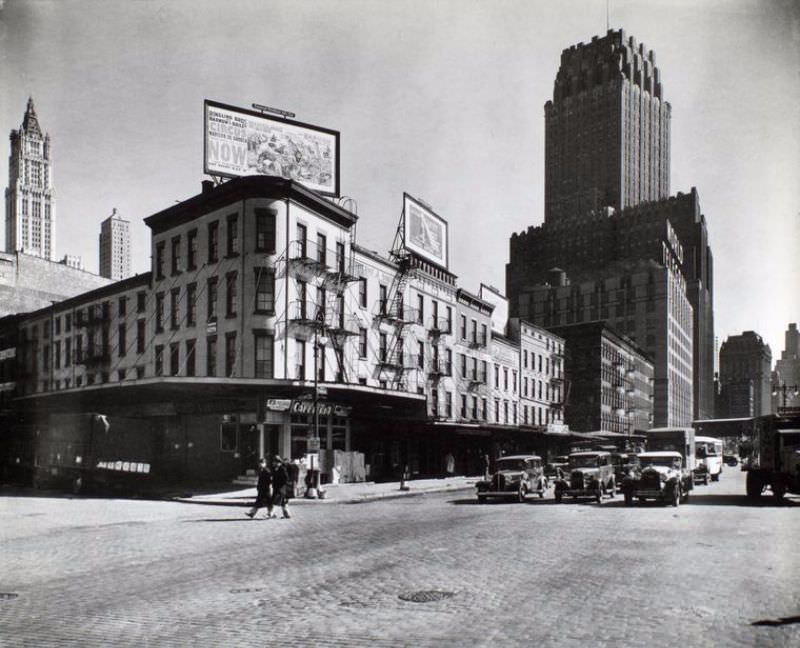
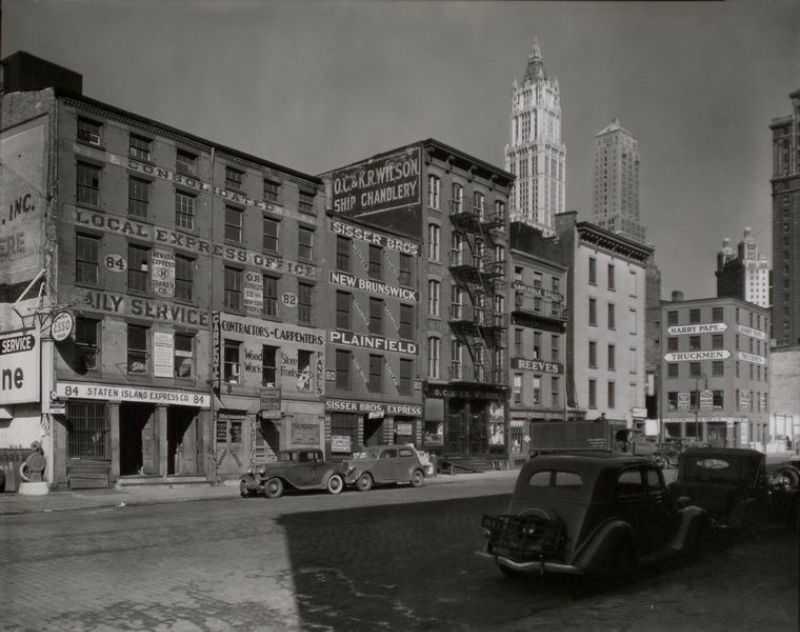
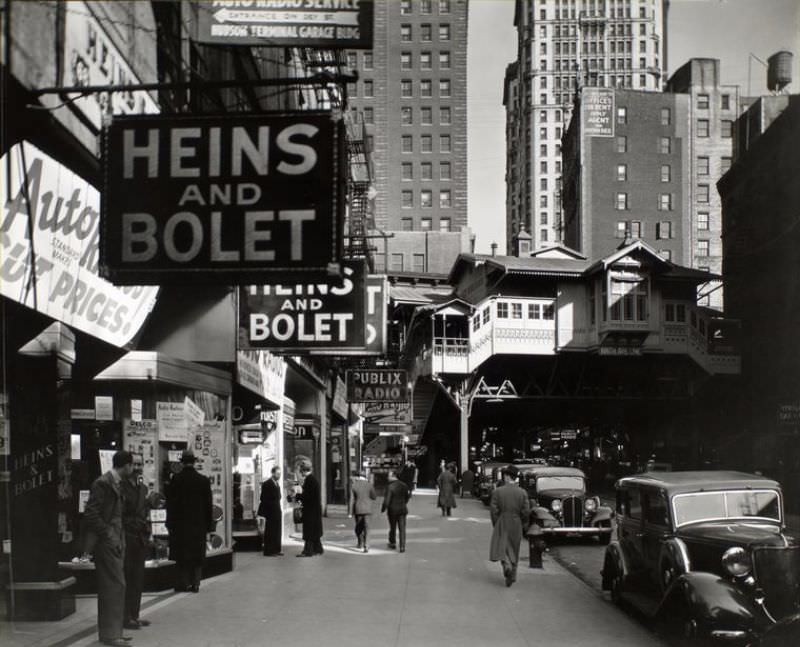
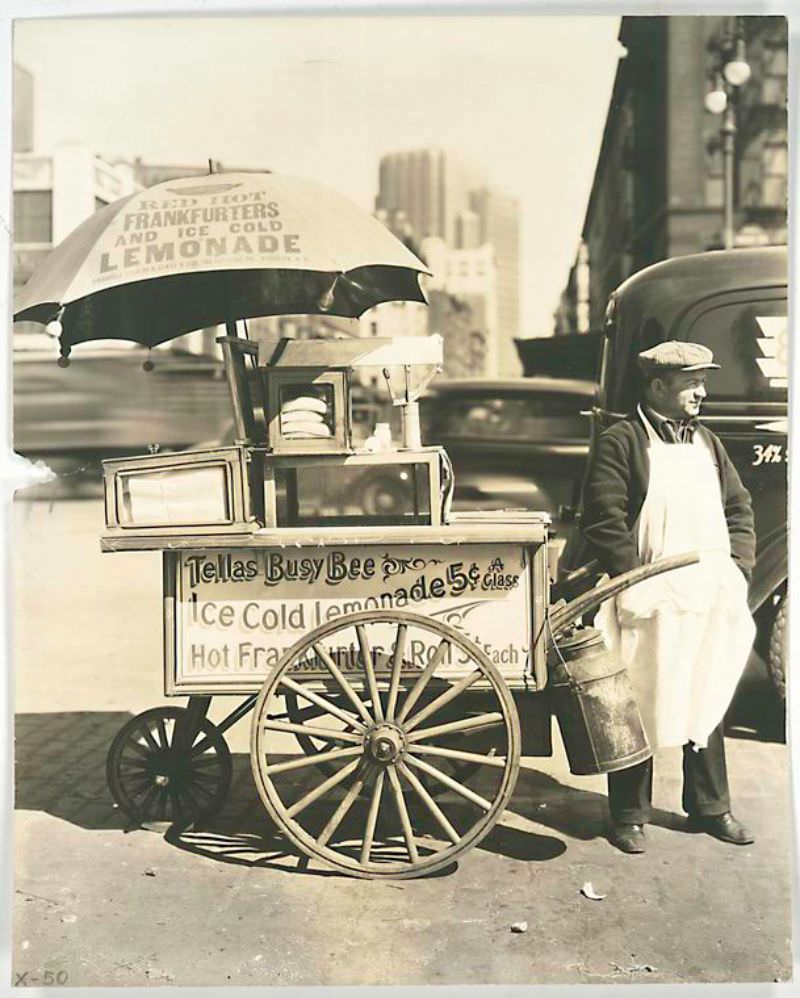
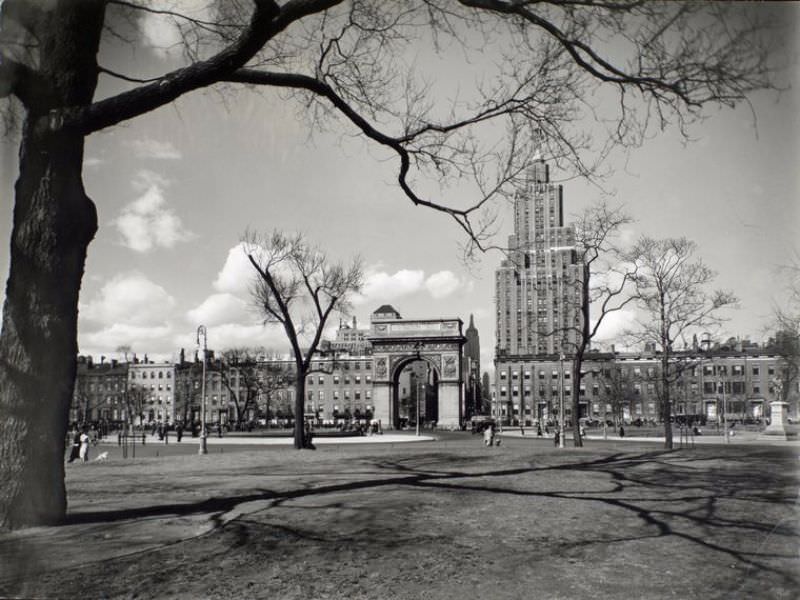
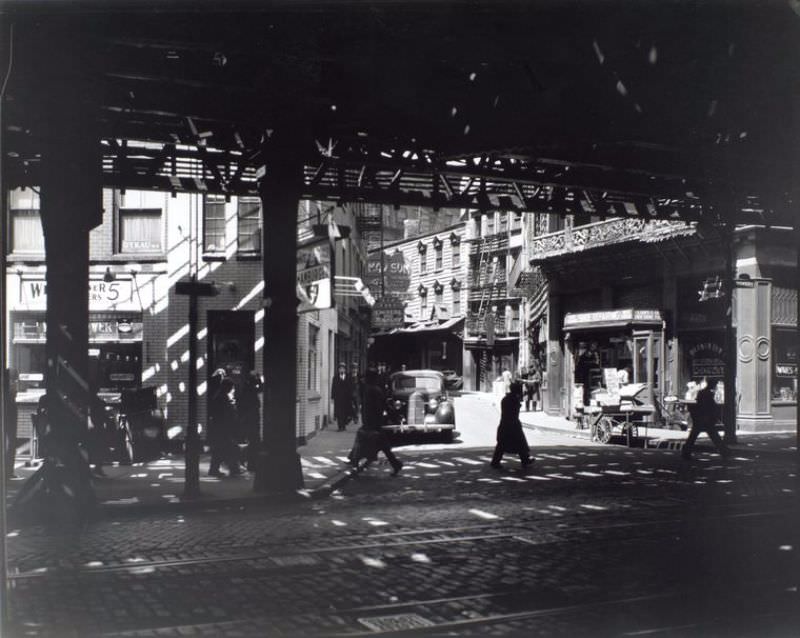
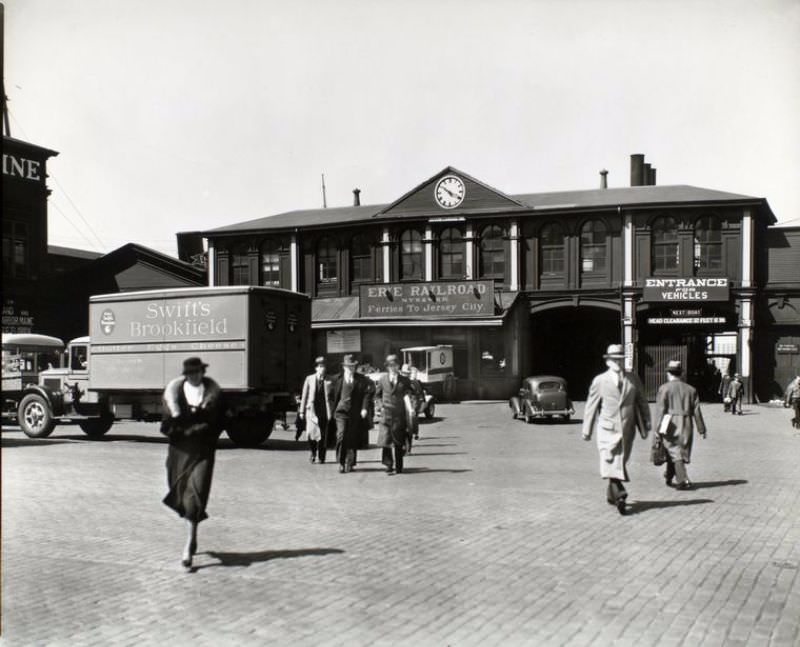
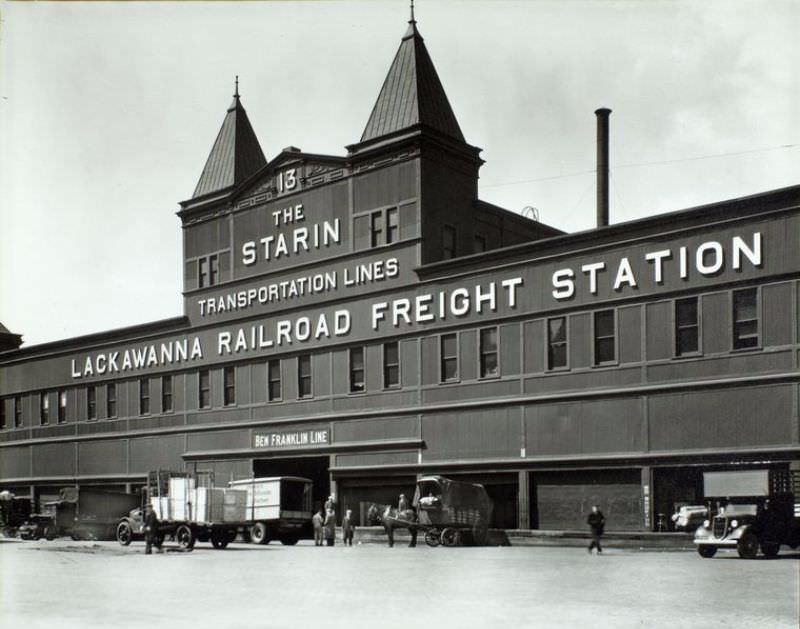
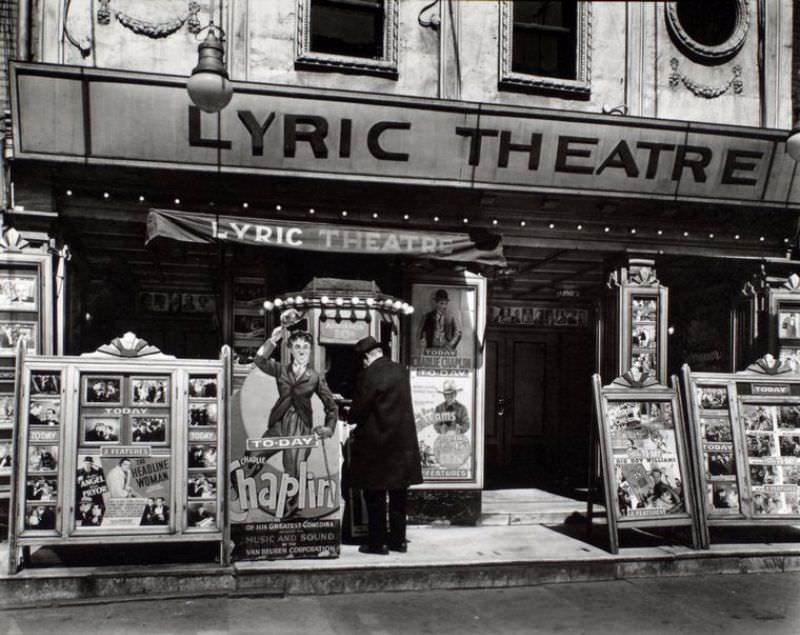
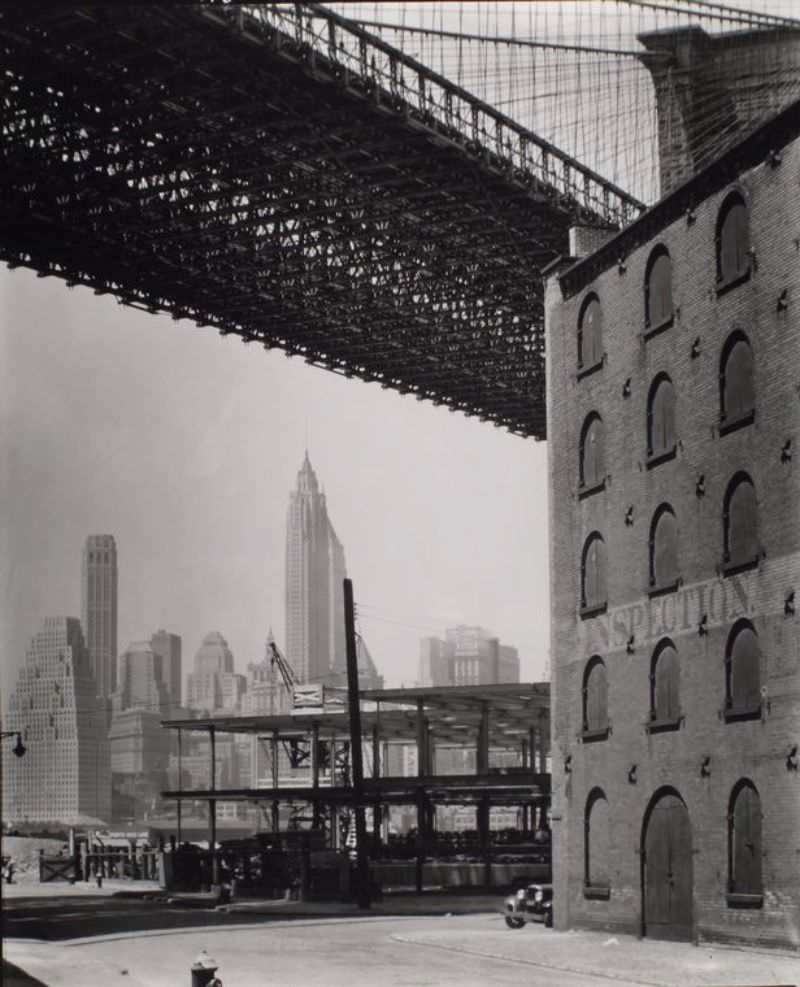
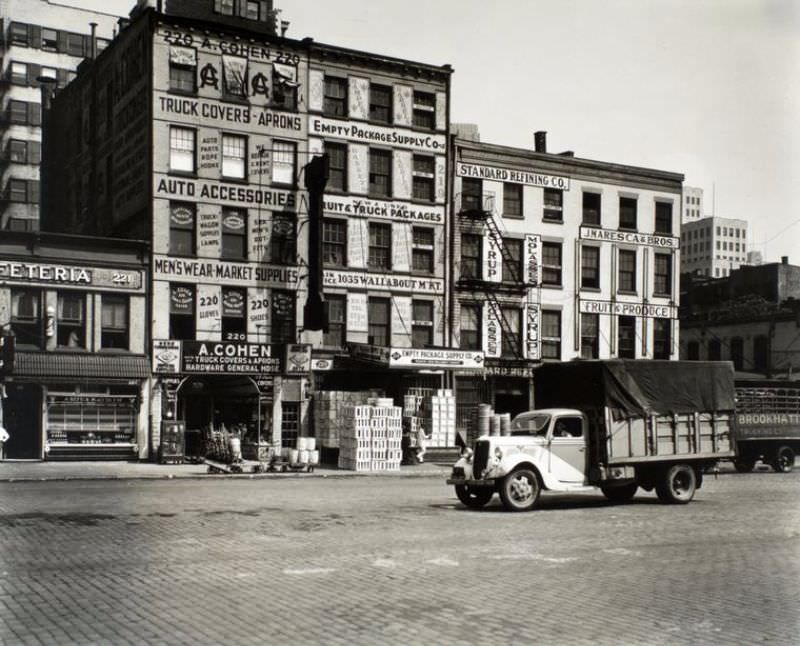
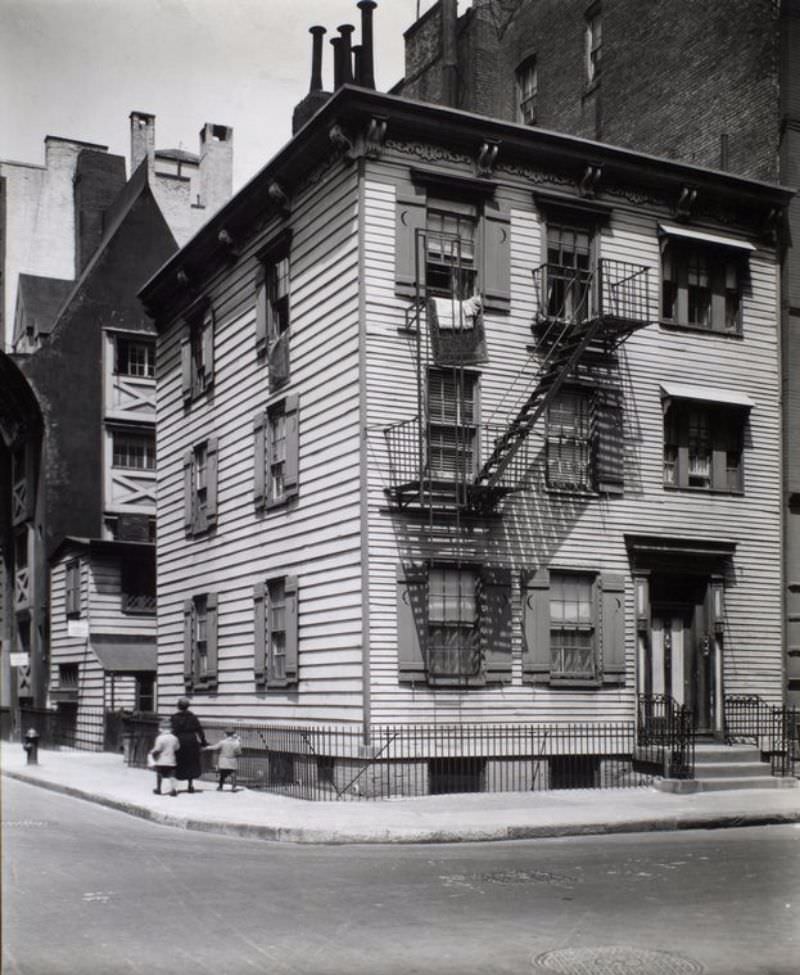
![Willow and Poplar Street, looking east [sic, view is actually looking toward Manhattan], Brooklyn. Laundry wagon, cars, along sloping street lined with rowhouses, skyline of Manhattan visible above buildings at end of the street.](https://www.bygonely.com/wp-content/uploads/2024/12/New_York_City_1930s_Bernice_Abbott_57.jpg)
